Akt

Products for Akt
- Cat.No. Product Name Information
-
GC10350
TIC10 isomer
Potent Akt/ERK inhibitor
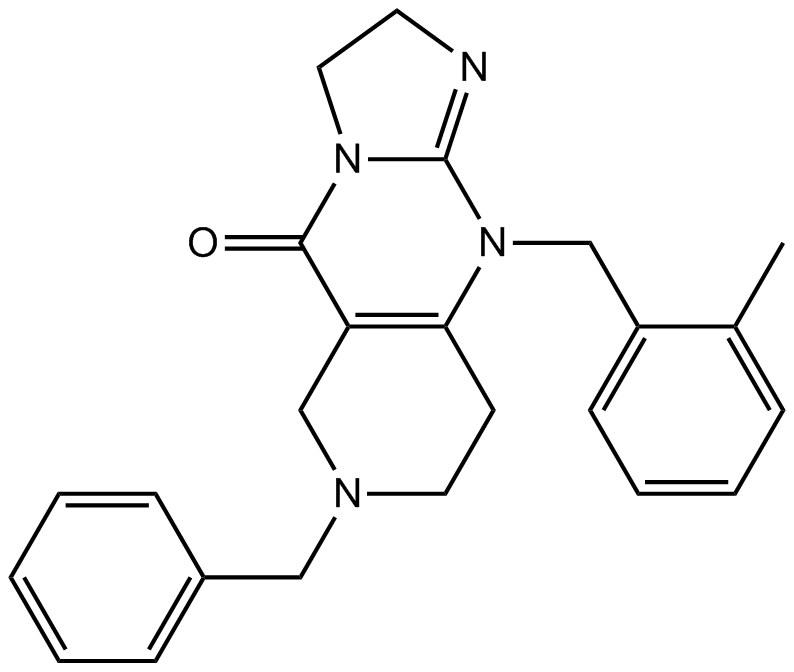
-
GC62122
(E)-Akt inhibitor-IV
(E)-Akt inhibitor-IV ((E)-AKTIV) is a PI3K-Akt inhibitor, with potent cytotoxic.
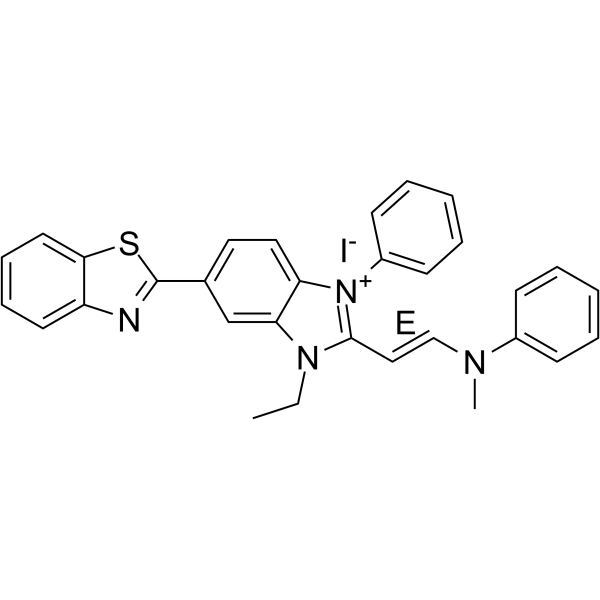
-
GC35037
1,3-Dicaffeoylquinic acid
1,3-Dicaffeoylquinic acid is a caffeoylquinic acid derivative, and activates PI3K/Akt.
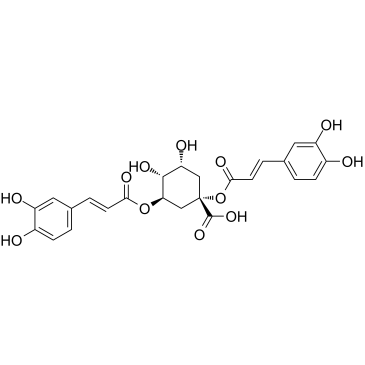
-
GC13006
10-DEBC hydrochloride
Akt inhibitor
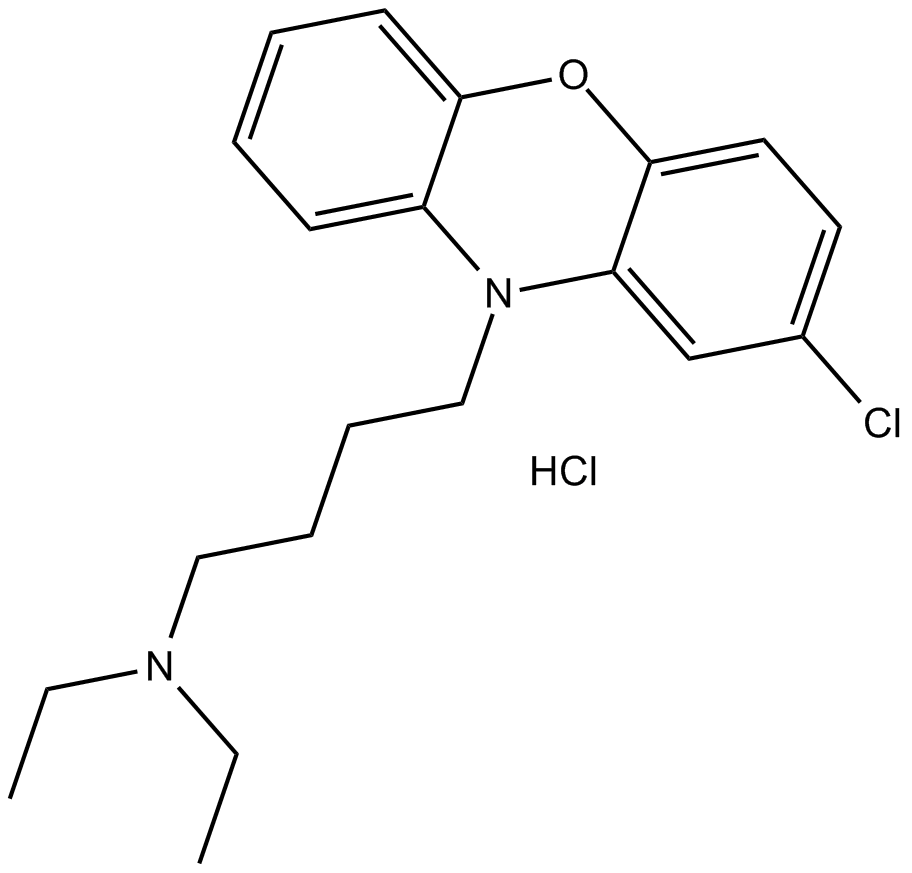
-
GC64670
24-Methylenecycloartanyl ferulate
24-Methylenecycloartanyl ferulate is a γ-oryzanol compound. 24-Methylenecycloartanyl ferulate promotes parvin-beta expression in human breast cancer cells. 24-Methylenecycloartanyl ferulate is a potential ATP-competitive Akt1 inhibitor (EC50= 33.3μM).

-
GC12078
3CAI
AKT inhibitor
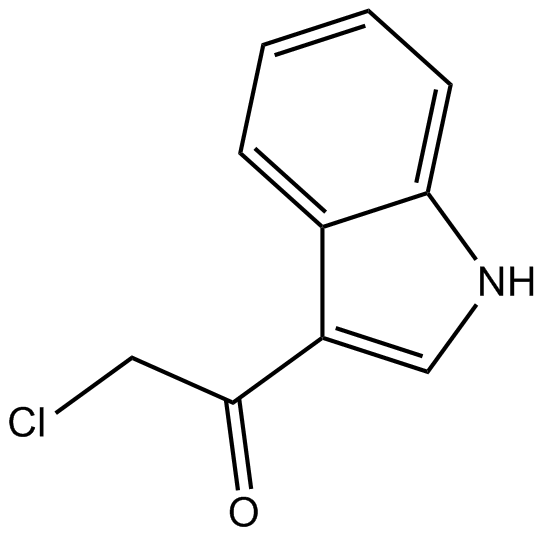
-
GC12502
A-443654
A pan Akt inhibitor
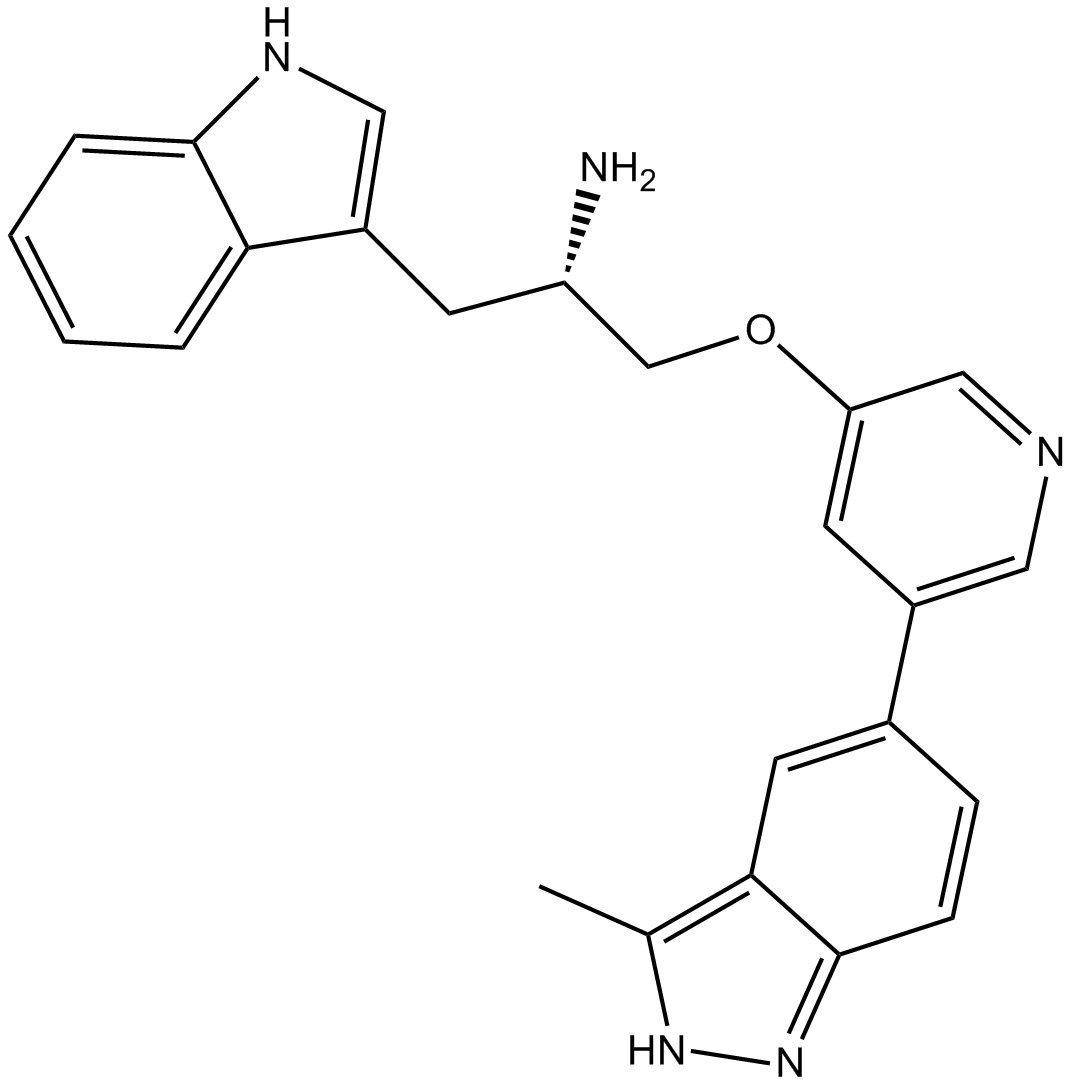
-
GC11875
A-674563
Akt1/PKA/CDK2 inhibitor,potent and selective
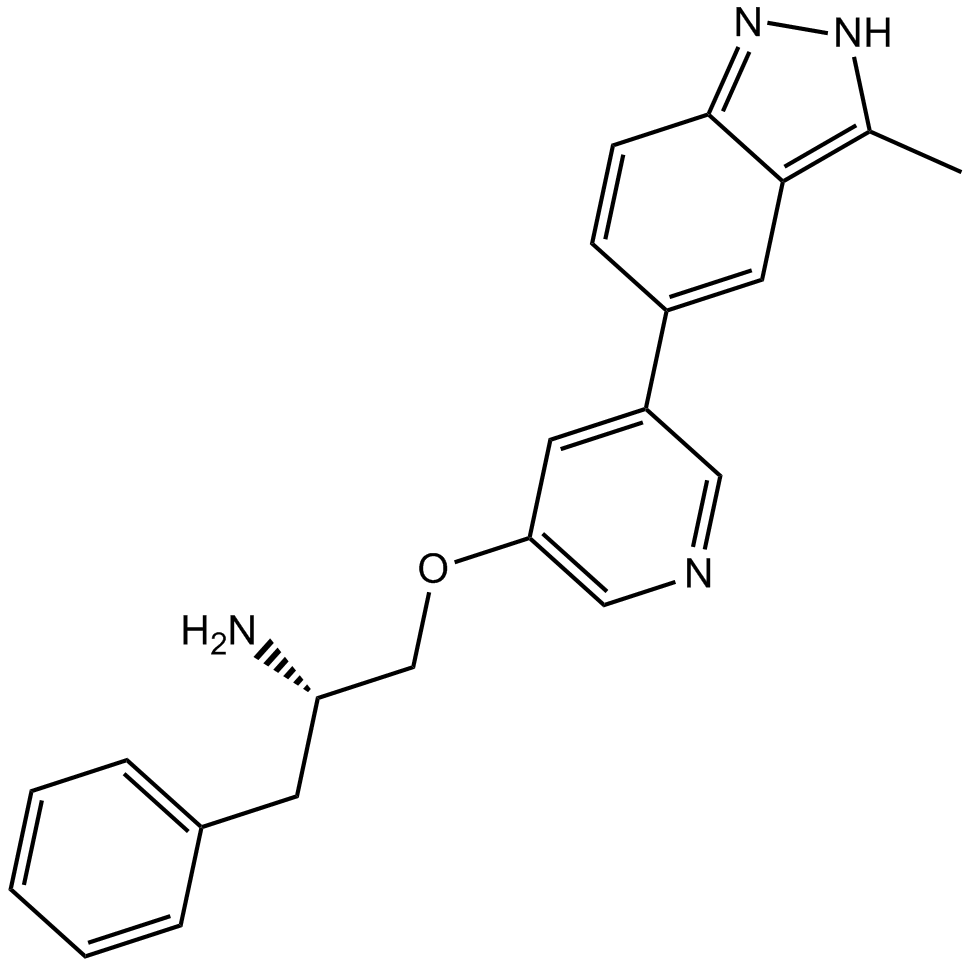
-
GC35212
A-674563 hydrochloride
A-674563 hydrochloride is a potent and selective Akt1 inhibitor with Ki of 11 nM.
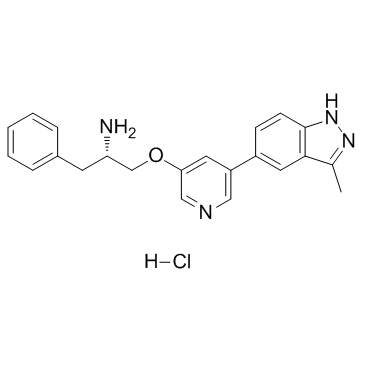
-
GC35242
Actein
Actein is a triterpene glycoside isolated from the rhizomes of Cimicifuga foetida. Actein suppresses cell proliferation, induces autophagy and apoptosis through promoting ROS/JNK activation, and blunting AKT pathway in human bladder cancer. Actein has little toxicity in vivo.
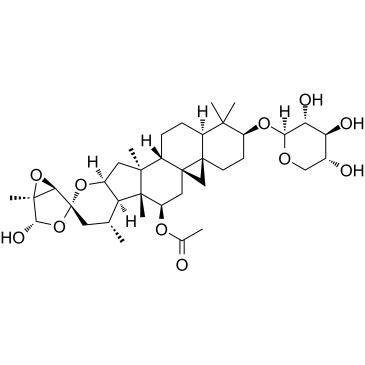
-
GC16475
Afuresertib
pan-AKT inhibitor
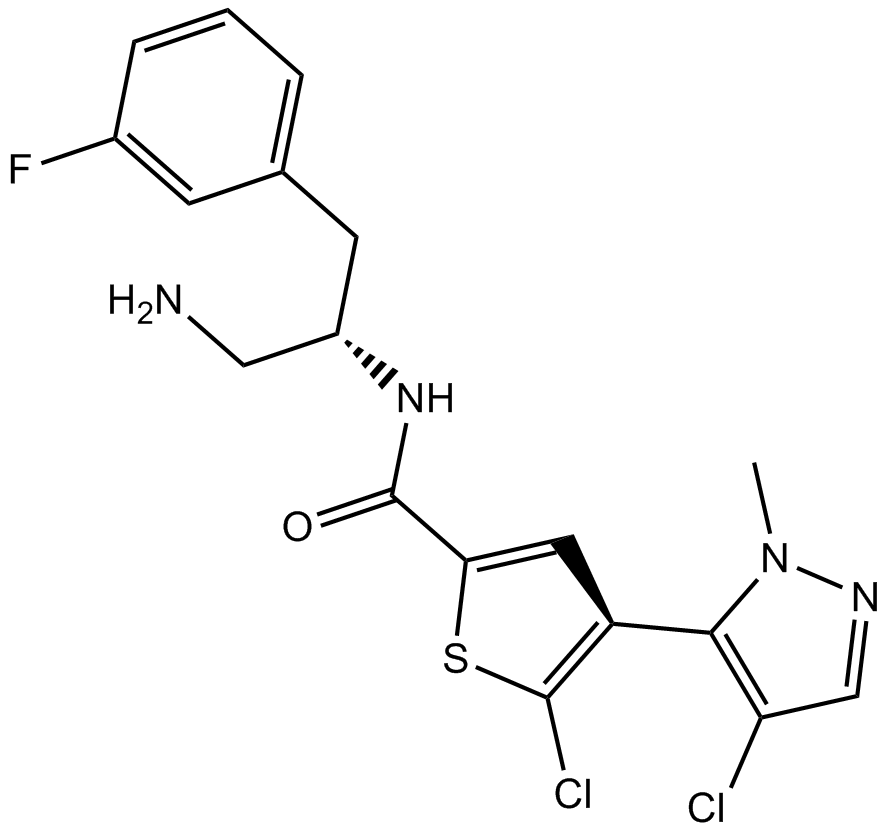
-
GC42747
Afuresertib (hydrochloride)
Afuresertib is a selective, orally bioavailable inhibitor of Akt1, 2, and 3 with Ki values of 0.08, 2, and 2.6 nM, respectively.
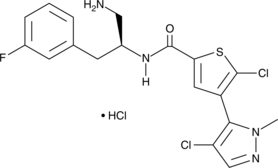
-
GC42759
Akt Inhibitor IV
Akt inhibitor IV is an inhibitor of Akt activation that inhibits Akt-mediated nuclear export of Forkhead box class O transcription factor 1a (FOXO1a; IC50 = 625 nM) and reduces phosphorylation of Akt at Ser473 and Thr308 in a dose-dependent manner.
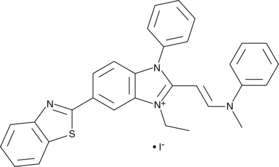
-
GC11589
AKT inhibitor VIII
A potent inhibitor of Akt1 and Akt2

-
GC16366
AKT Kinase Inhibitor
AKT Kinase Inhibitor is an Akt kinase inhibitor with anti-tumor activity[1].
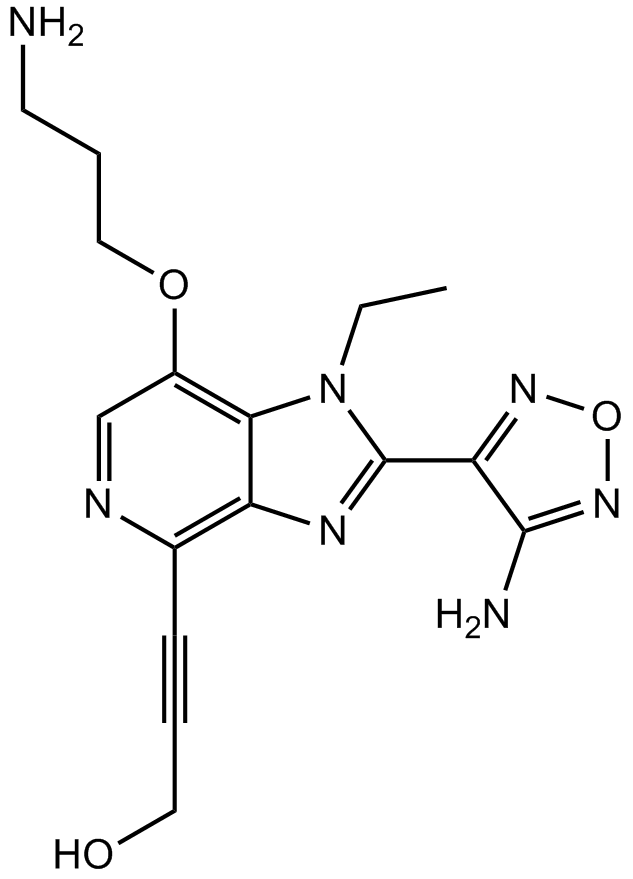
-
GC67700
AKT Kinase Inhibitor hydrochloride
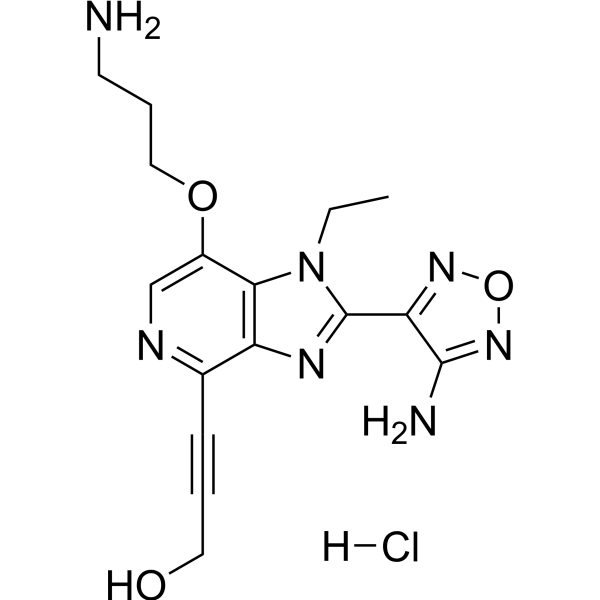
-
GC33308
AKT-IN-1
AKT-IN-1 is an allosteric AKT inhibitor with an IC50 of 1.042 μM.
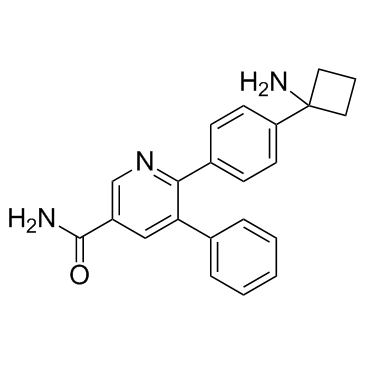
-
GC35275
AKT-IN-3
AKT-IN-3 (compound E22) is a potent, orally active low hERG blocking Akt inhibitor, with 1.4 nM, 1.2 nM and 1.7 nM for Akt1, Akt2 and Akt3, respectively. AKT-IN-3 (compound E22) also exhibits good inhibitory activity against other AGC family kinases, such as PKA, PKC, ROCK1, RSK1, P70S6K, and SGK. AKT-IN-3 (compound E22) induces apoptosis and inhibits metastasis of cancer cells.
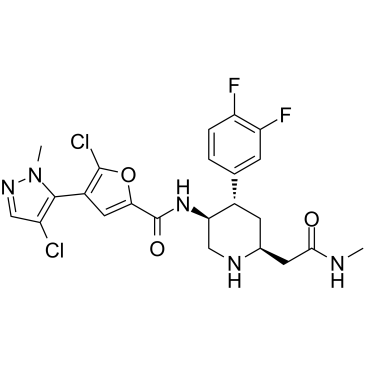
-
GC62190
AKT-IN-6
AKT-IN-6 (Example 13) is a potent Akt inhibitor. AKT-IN-6 inhibits Akt1, Akt2 and Akt3 with IC50s < 500nM, respectively. (patent WO2013056015A1).
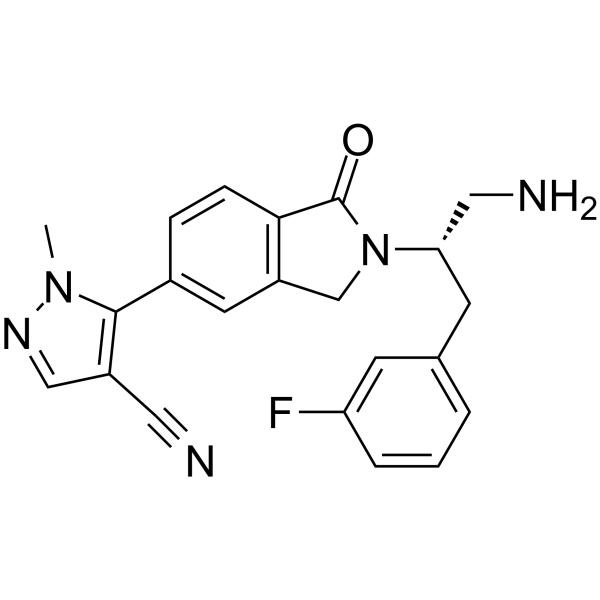
-
GC32939
Akt1 and Akt2-IN-1
Akt1 and Akt2-IN-1 is an allosteric inhibitor of Akt1 (IC50=3.5 nM) and Akt2 (IC50=42 nM), with potent and balanced activity.
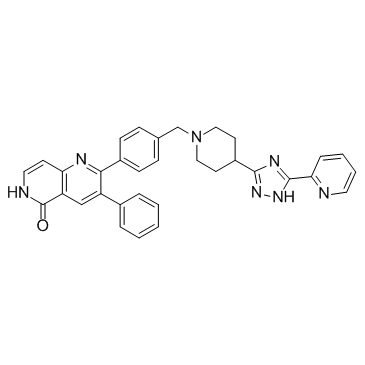
-
GC18374
API-1
API-1 is an inhibitor of Akt that reduces the level of phosphorylated Akt (IC50 = ~0.8 uM in OVCAR3 cells) by binding to Akt and blocking its translocation to the cell membrane.
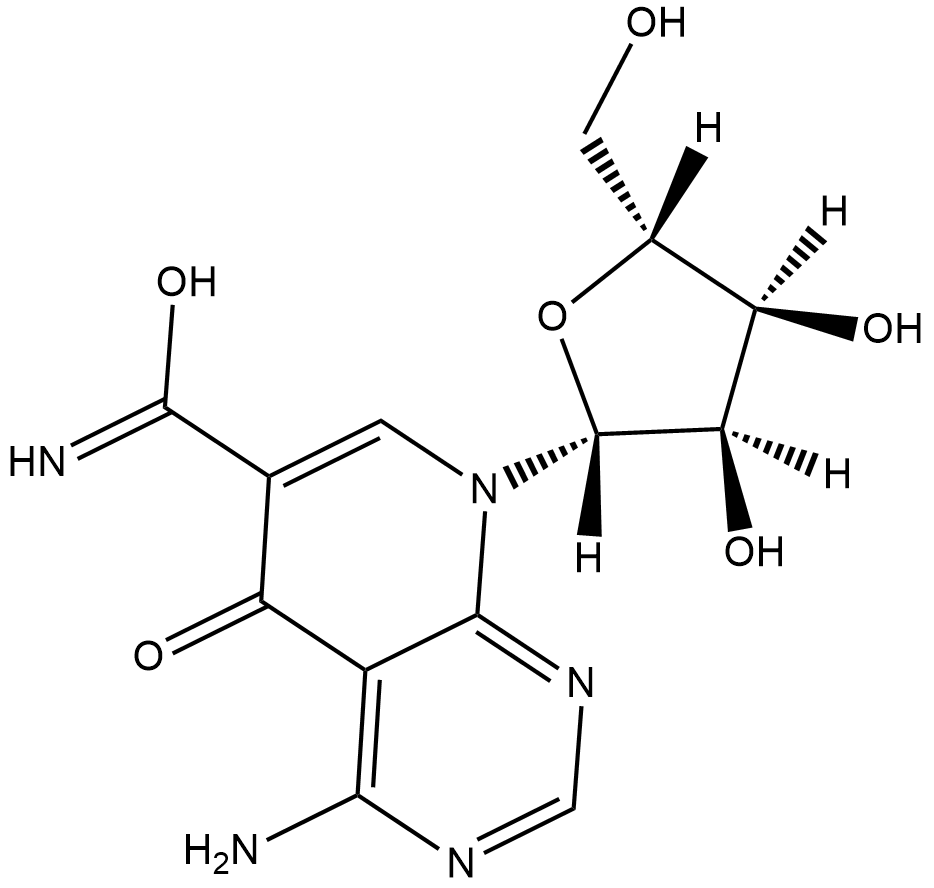
-
GC35395
Arnicolide D
Arnicolide D is a sesquiterpene lactone isolated from Centipeda minima. Arnicolide D modulates the cell cycle, activates the caspase signaling pathway and inhibits the PI3K/AKT/mTOR and STAT3 signaling pathways. Arnicolide D inhibits Nasopharyngeal carcinoma (NPC) cell viability in a concentration- and time-dependent manner.
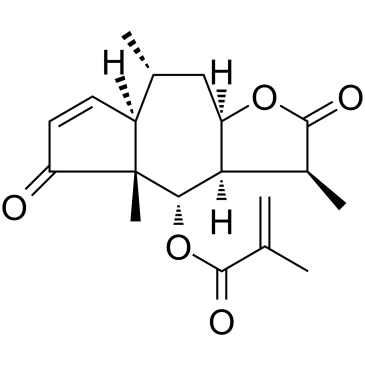
-
GC19036
ARQ-092
ARQ-092 (ARQ-092) is a potent, orally active, selective and allosteric Akt inhibitor with IC50s of 2.7 nM, 14 nM and 8.1 nM for Akt1, Akt2, Akt3, respectively.
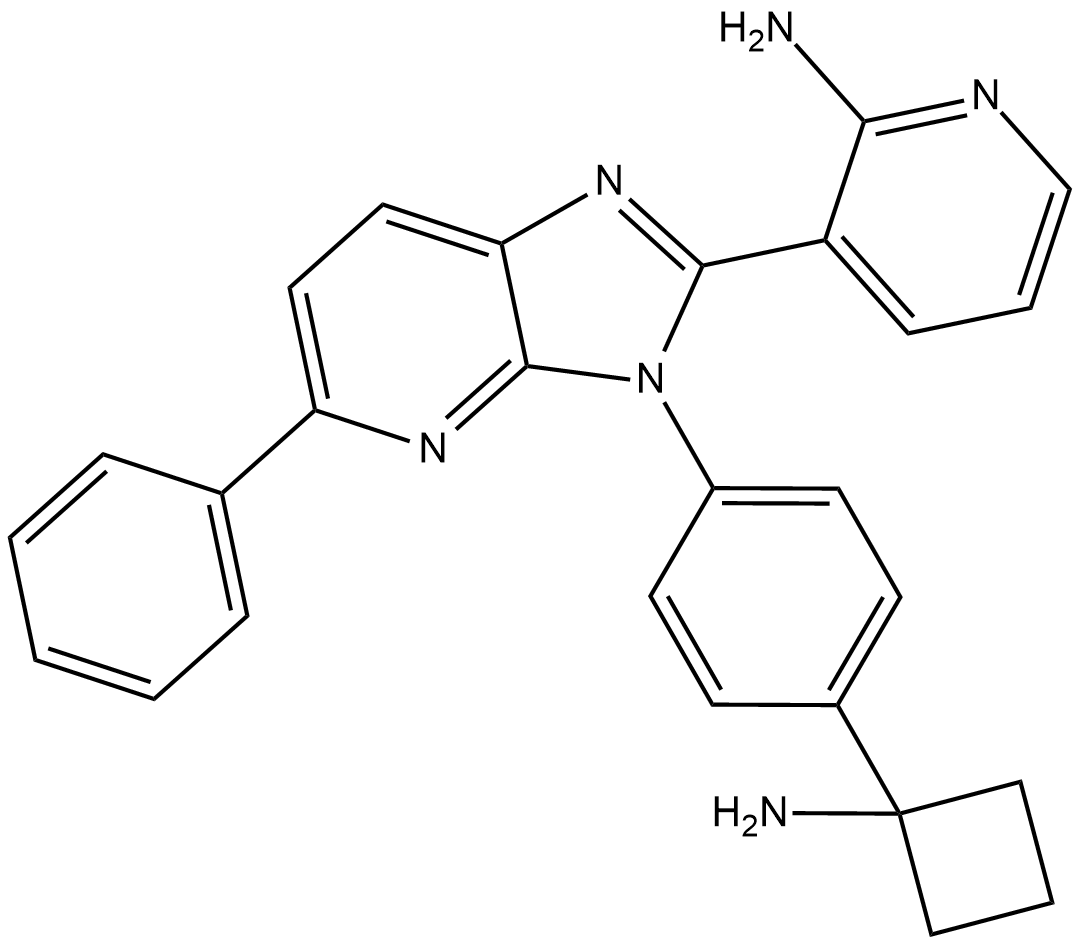
-
GN10647
Artemisinine
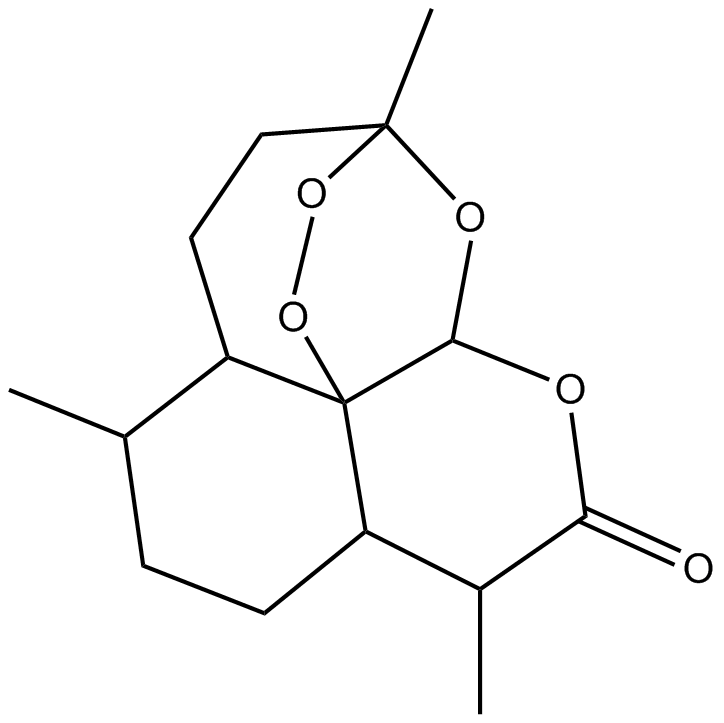
-
GC17712
AT13148
Multi-AGC kinase inhibitor,ATP-competitive
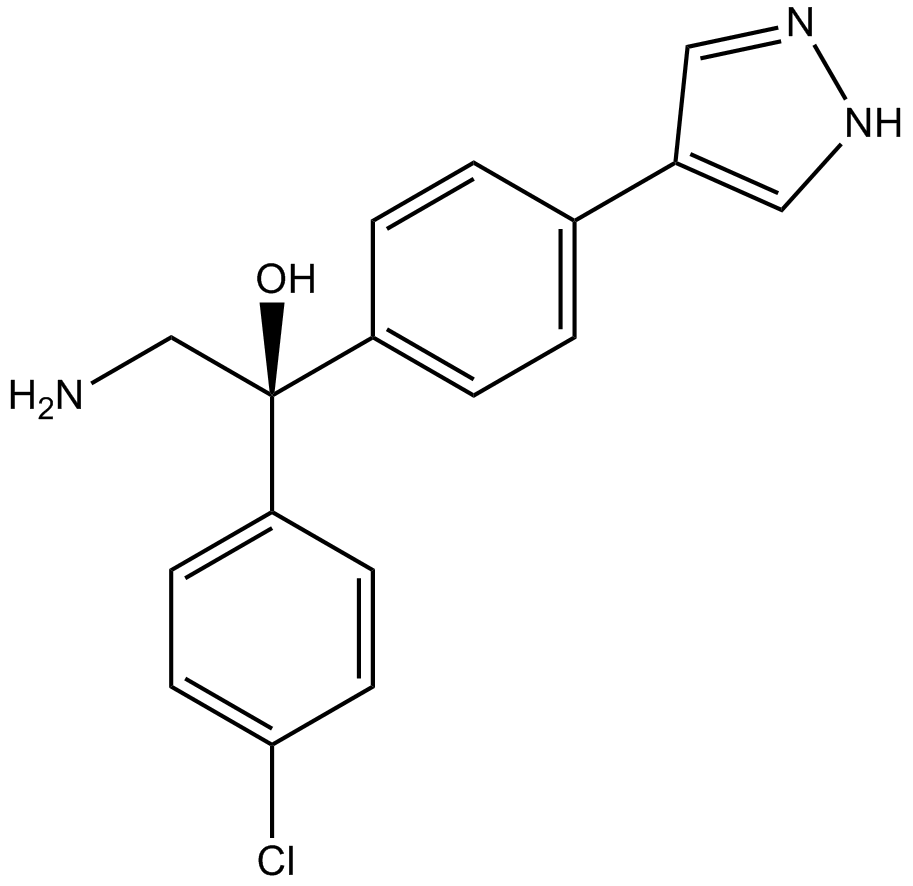
-
GC12297
AT7867
Akt1/2/3 and p70S6K/PKA inhibitor
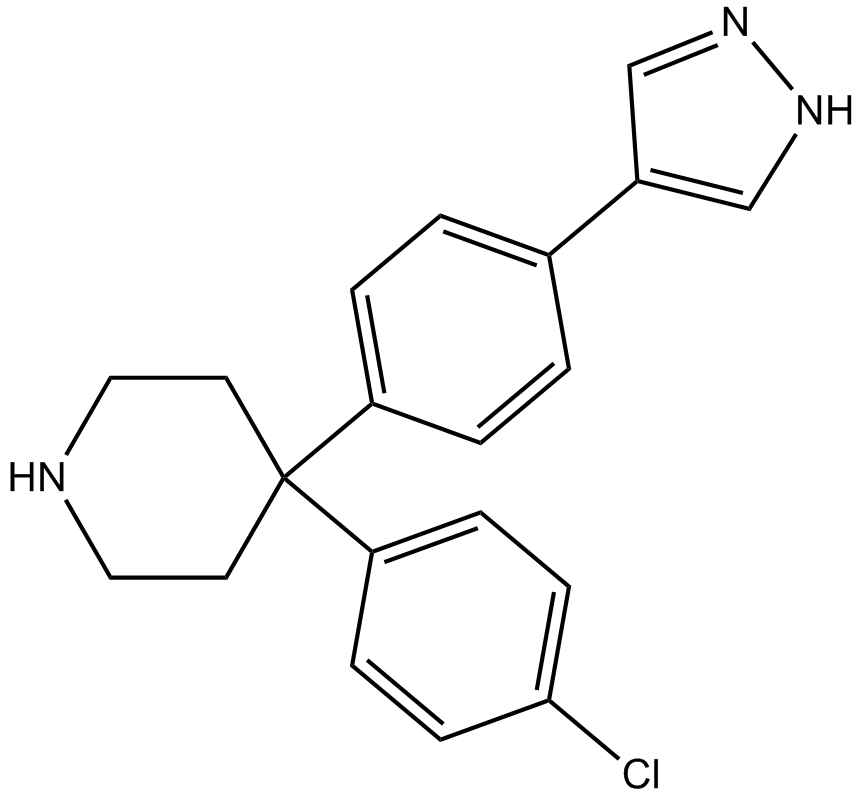
-
GC10918
AT7867 dihydrochloride
A potent and orally bioavailable pan-Akt inhibitor
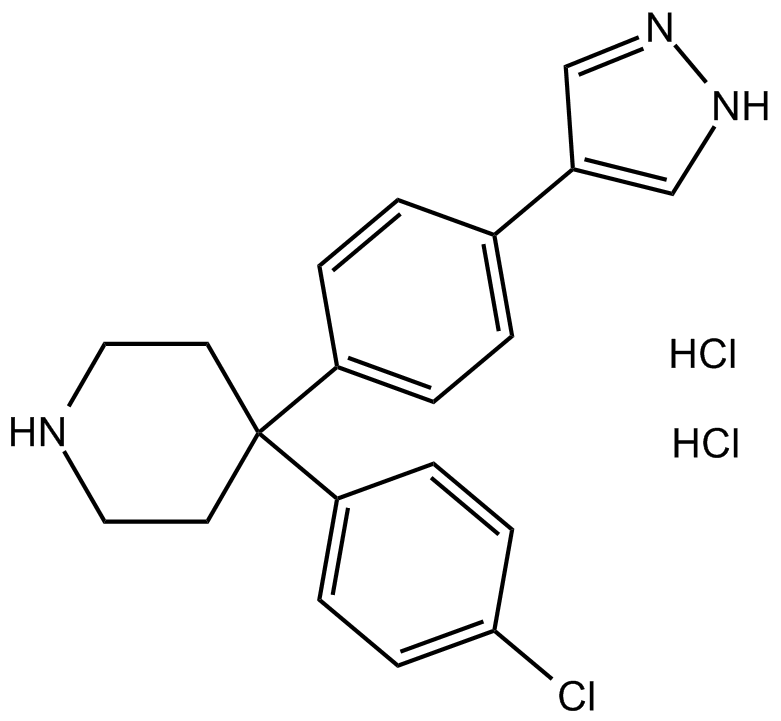
-
GC11752
AZD5363
AZD5363 (AZD5363) is an orally active and potent pan-AKT kinase inhibitor with IC50 of 3, 7 and 7 nM for Akt1,Akt2 and Akt3, respectively.
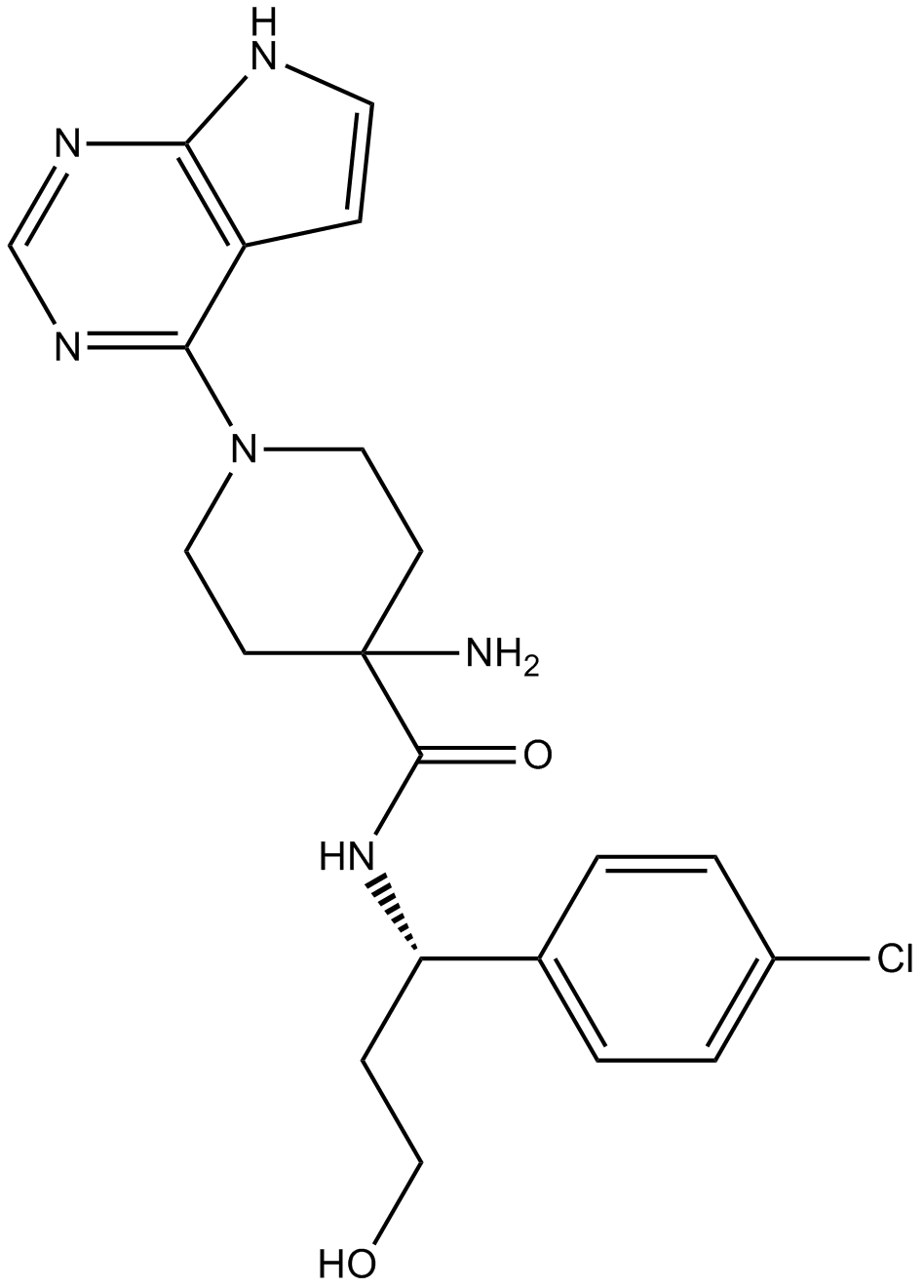
-
GC64377
Batatasin III
Batatasin III, a stilbenoid, inhibits cancer migration and invasion by suppressing epithelial to mesenchymal transition (EMT) and FAK-AKT signals. Batatasin III has anti-cancer activities.
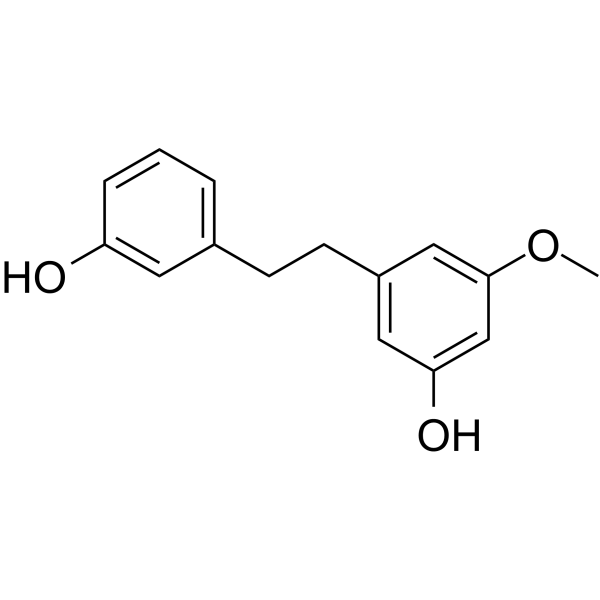
-
GC19484
BAY1125976
A selective allosteric Akt1/Akt2 inhibitor
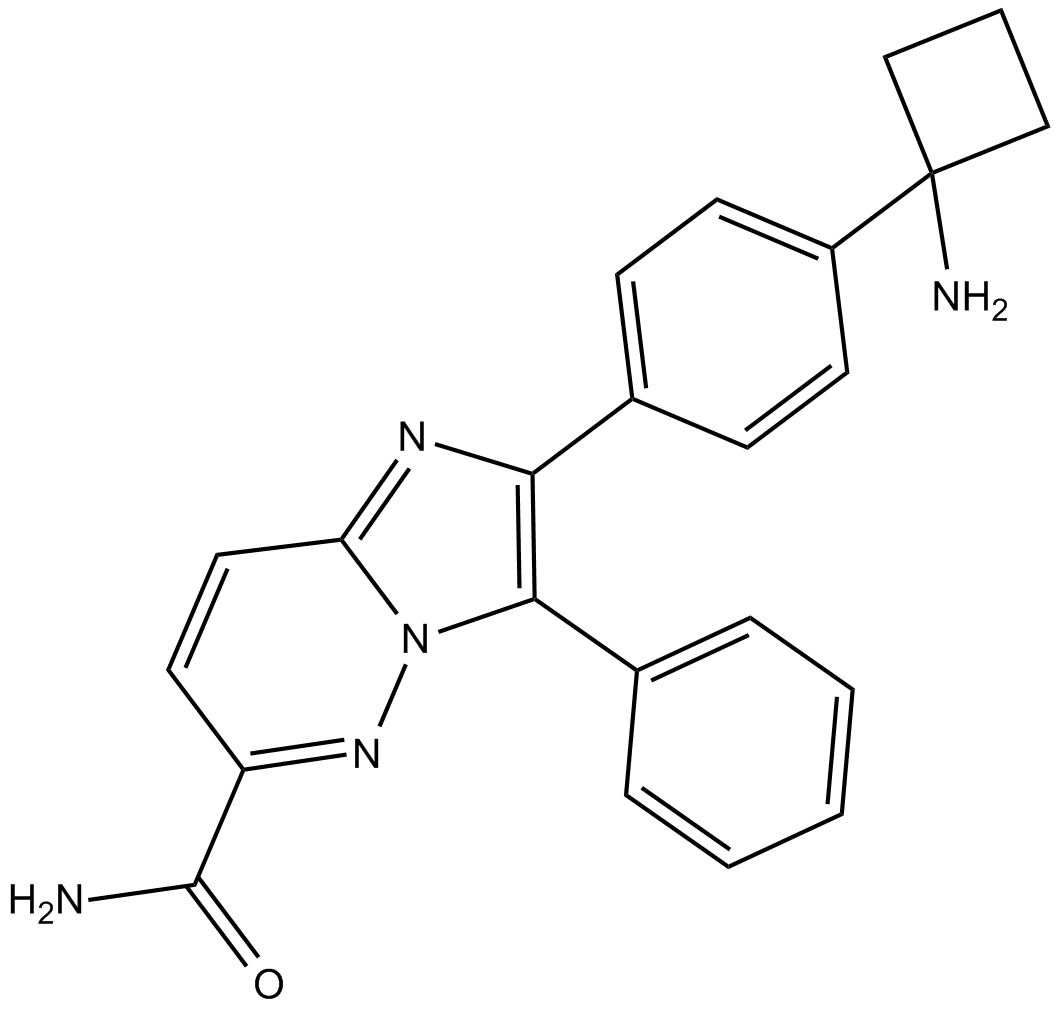
-
GC65367
Borussertib
Borussertib is a covalent-allosteric and first-in-class inhibitor of protein kinase Akt, with an IC50 of 0.8 nM and a Ki of 2.2 nM for Aktwt.
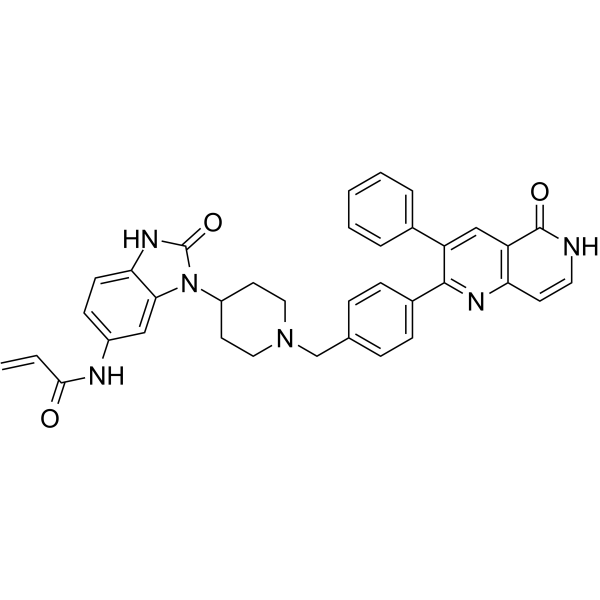
-
GC43149
CAY10404
Many non-steroidal anti-inflammatory drugs (NSAIDs) are potent but non-selective inhibitors of both COX-1 and COX-2 in humans.
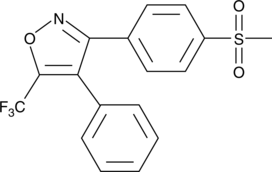
-
GC15864
CCT128930
AKT inhibitor
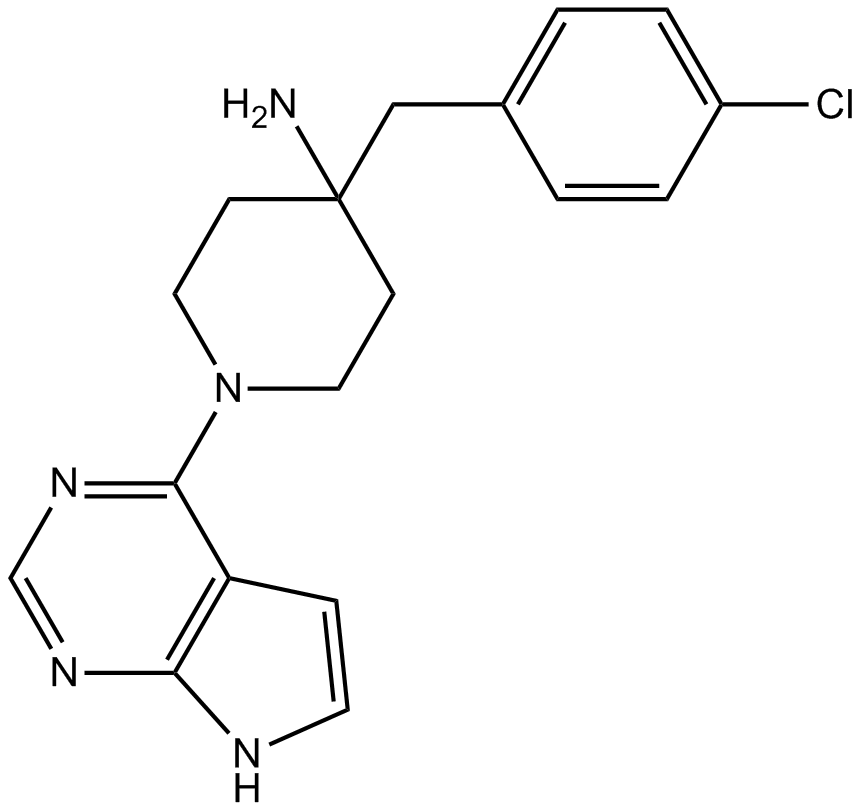
-
GC63539
CCT128930 hydrochloride
CCT128930 hydrochloride is a potent and selective inhibitor of AKT (IC50=6 nM). CCT128930 hydrochloride has 28-fold selectivity over the closely related PKA kinase (IC50=168 nM) through the targeting of Met282 of AKT (Met173 of PKA-AKT chimera), as well as 20-fold selectivity over p70S6K (IC50=120 nM). CCT128930 hydrochloride induces cell cycle arrest, DNA damage, and autophagy. Antitumor activity.
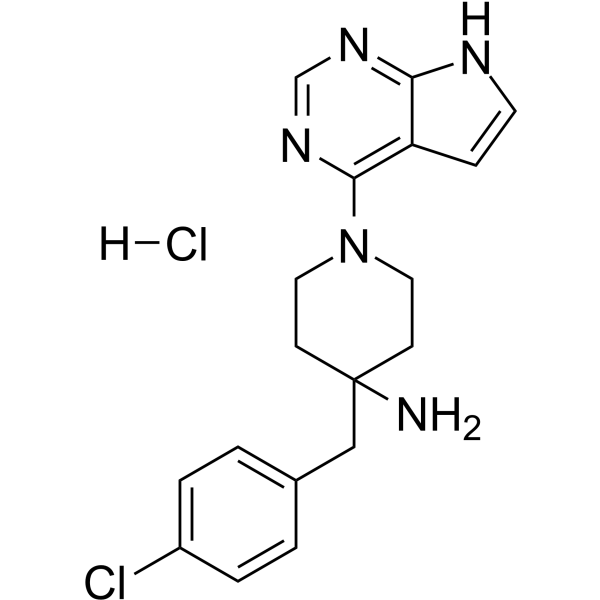
-
GC35651
Cenisertib
Cenisertib (AS-703569) is an ATP-competitive multi-kinase inhibitor that blocks the activity of Aurora-kinase-A/B, ABL1, AKT, STAT5 and FLT3. Cenisertib induces major growth-inhibitory effects by blocking the activity of several different molecular targets in neoplastic mast cells (MC). Cenisertib inhibits tumor growth in xenograft models of pancreatic, breast, colon, ovarian, and lung tumors and leukemia.
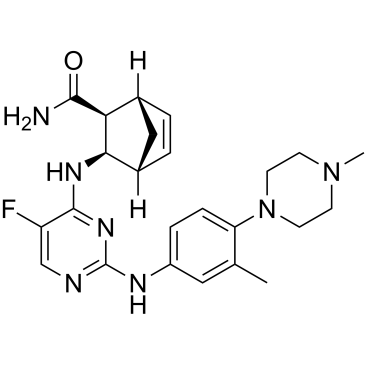
-
GC12532
CHPG
mGlu5 metabotropic glutamate receptor agonist
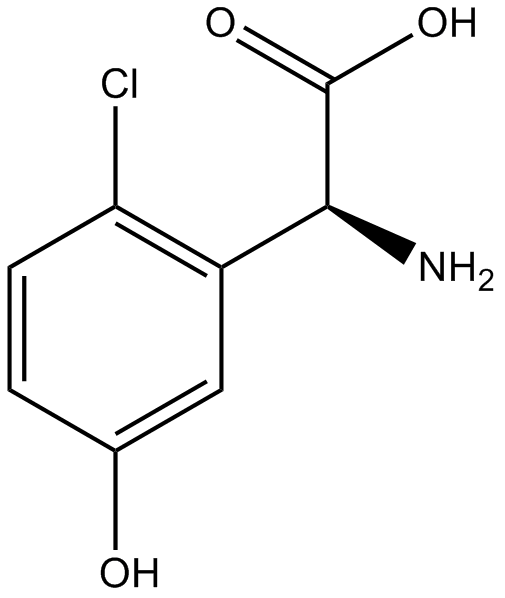
-
GC17963
CHPG Sodium salt
mGlu5 agonist
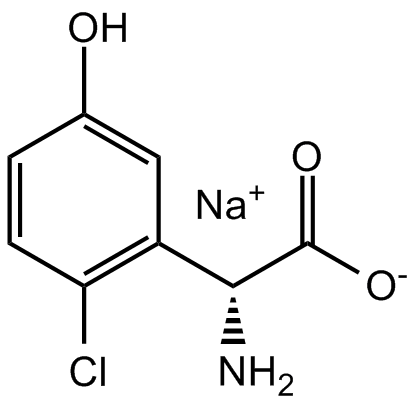
-
GC35747
Crebanine
Crebanine, an alkaloid from Stephania venosa, induces G1 arrest and apoptosis in human cancer cells.
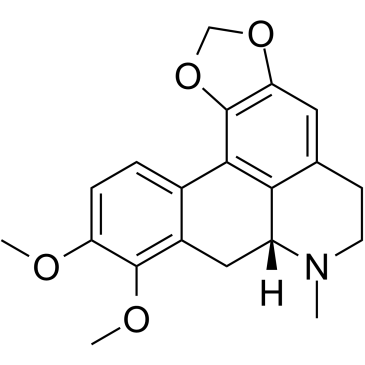
-
GC30582
Crosstide
Crosstide is a peptide analog of glycogen synthase kinase α/β fusion protein sequence which is a substrate for Akt.
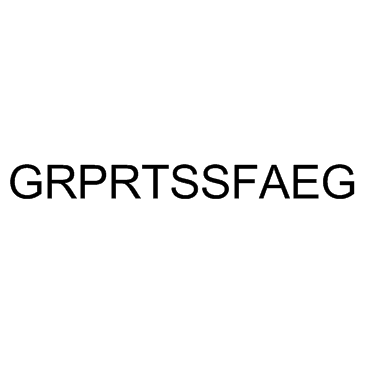
-
GC38419
Cyclovirobuxine D
An alkaloid with diverse biological activities
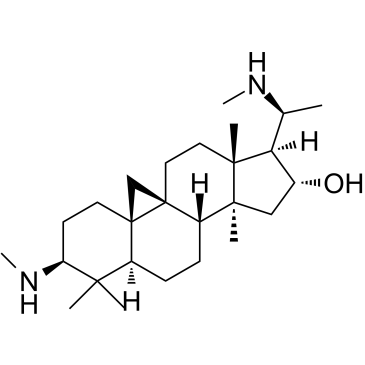
-
GC15484
Deguelin
A potent antiproliferative rotenoid compound
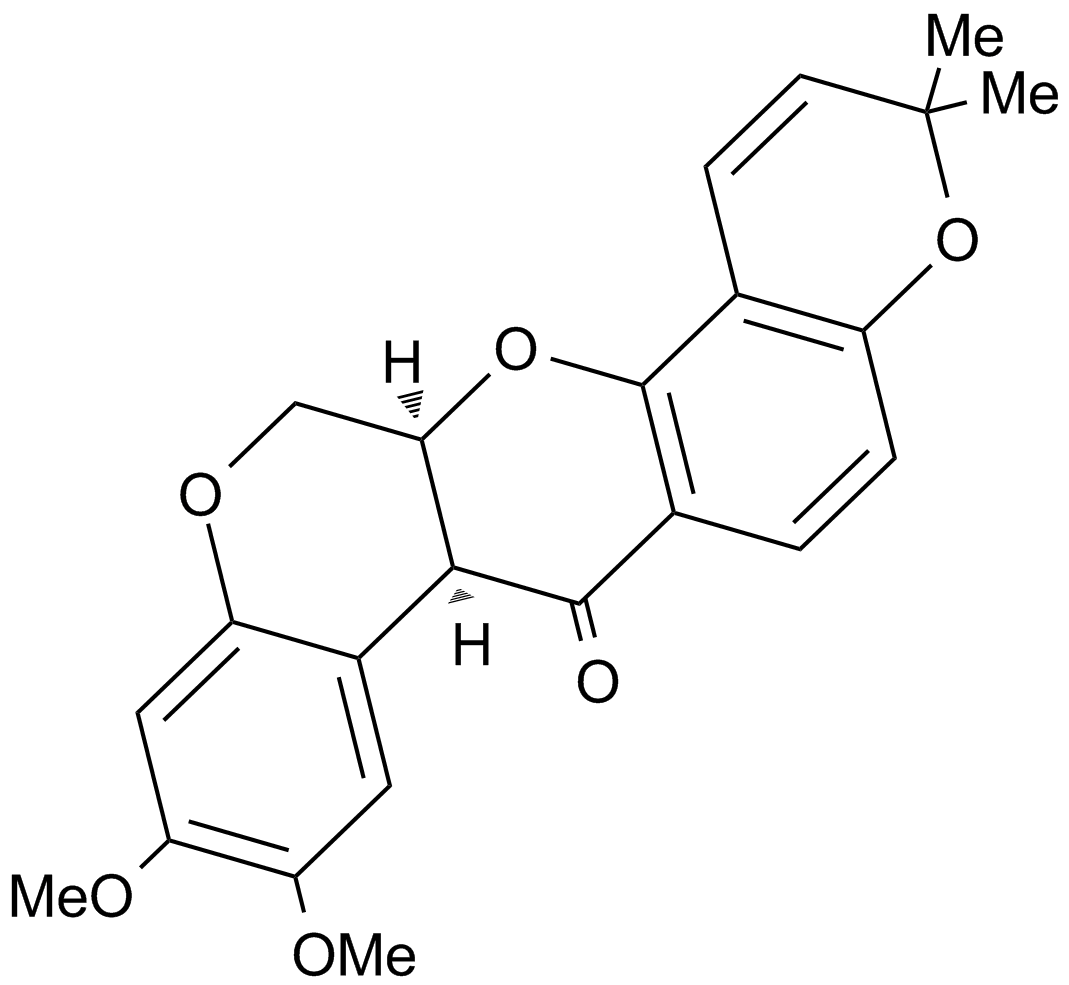
-
GC32254
Deltonin
Deltonin, a steroidal saponin, isolated from Dioscorea zingiberensis Wright, with antitumor activity; Deltonin inhibits ERK1/2 and AKT activation.
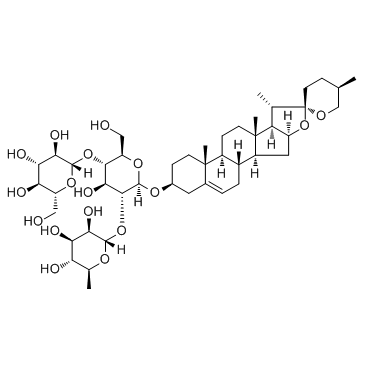
-
GC38236
Esculetin
A coumarin with diverse actions
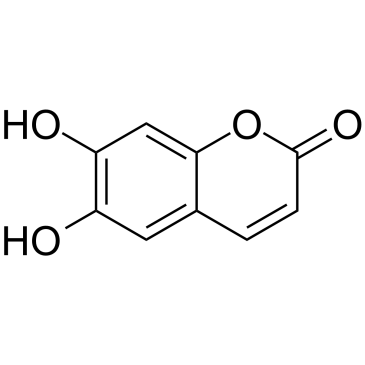
-
GC17984
FPA 124
Akt/PKB inhibitor
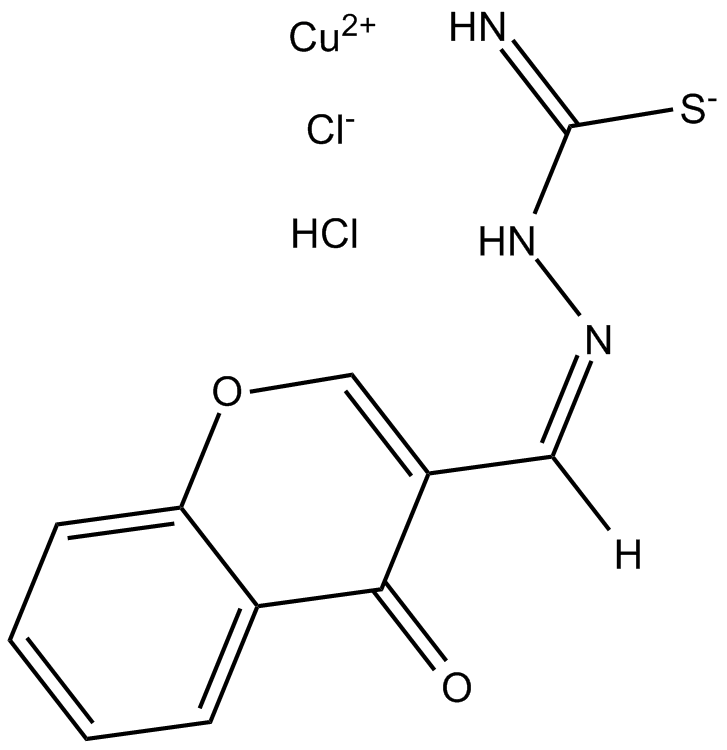
-
GC38551
FPA-124
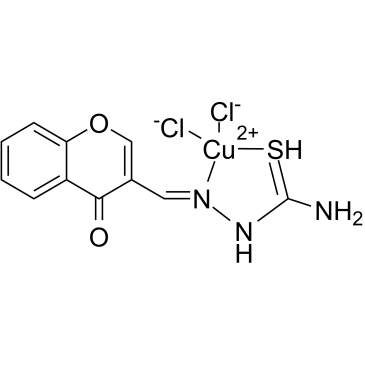
-
GC11214
GDC-0068 (RG7440)
GDC-0068 (RG7440, Ipatasertib) is a novel highly selective ATP-competitive pan-Akt inhibitor that inhibits all three isoforms of Akt1, Akt2, and Akt3 at an IC50 of 5,18,8 nM, respectively.
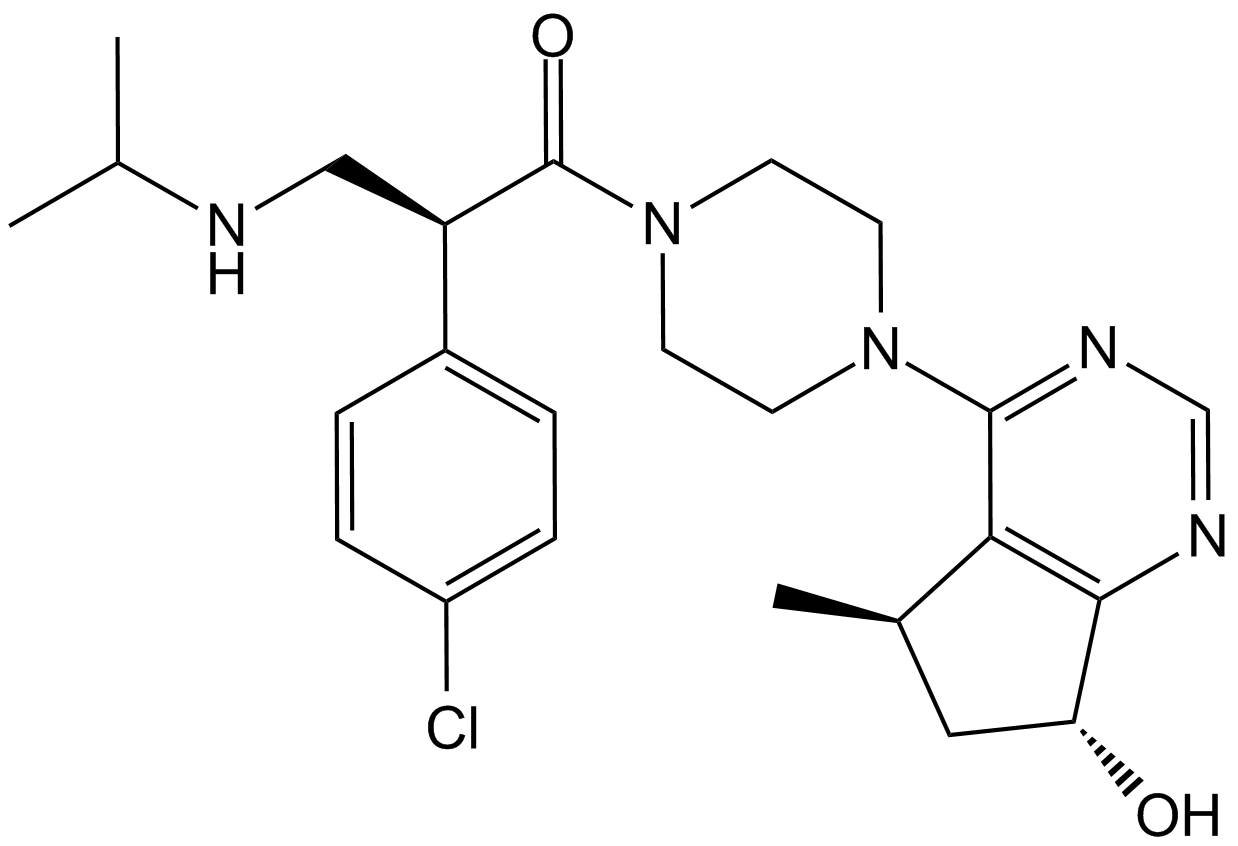
-
GC38606
Glaucocalyxin A
Glaucocalyxin A, an ent-kauranoid diterpene from Rabdosia japonica var., induces apoptosis in osteosarcoma by inhibiting nuclear translocation of Five-zinc finger Glis 1 (GLI1) via regulating PI3K/Akt signaling pathway. Glaucocalyxin A has antitumor effect.
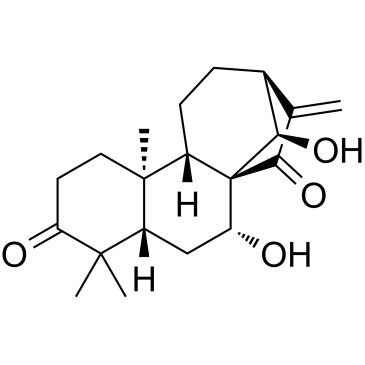
-
GC33135
GSK2110183
GSK2110183 is the structural analogue of GSK2110183.
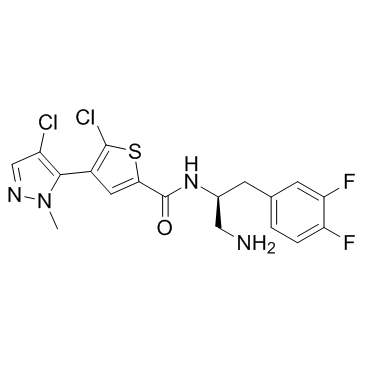
-
GC33010
GSK2110183 hydrochloride
GSK2110183 hydrochloride is the structural analogue of GSK2110183.
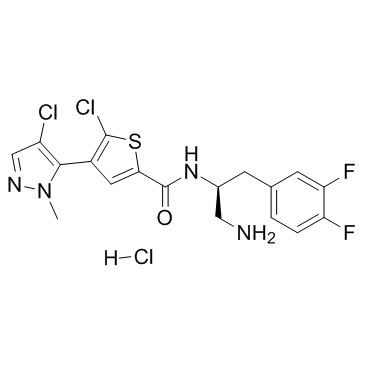
-
GC12305
GSK2141795
GSK2141795 (GSK2141795) is a potent and selective pan-Akt inhibitor with IC50 values of 180/328/38 nM for Akt1/Akt2/Akt3, respectively.
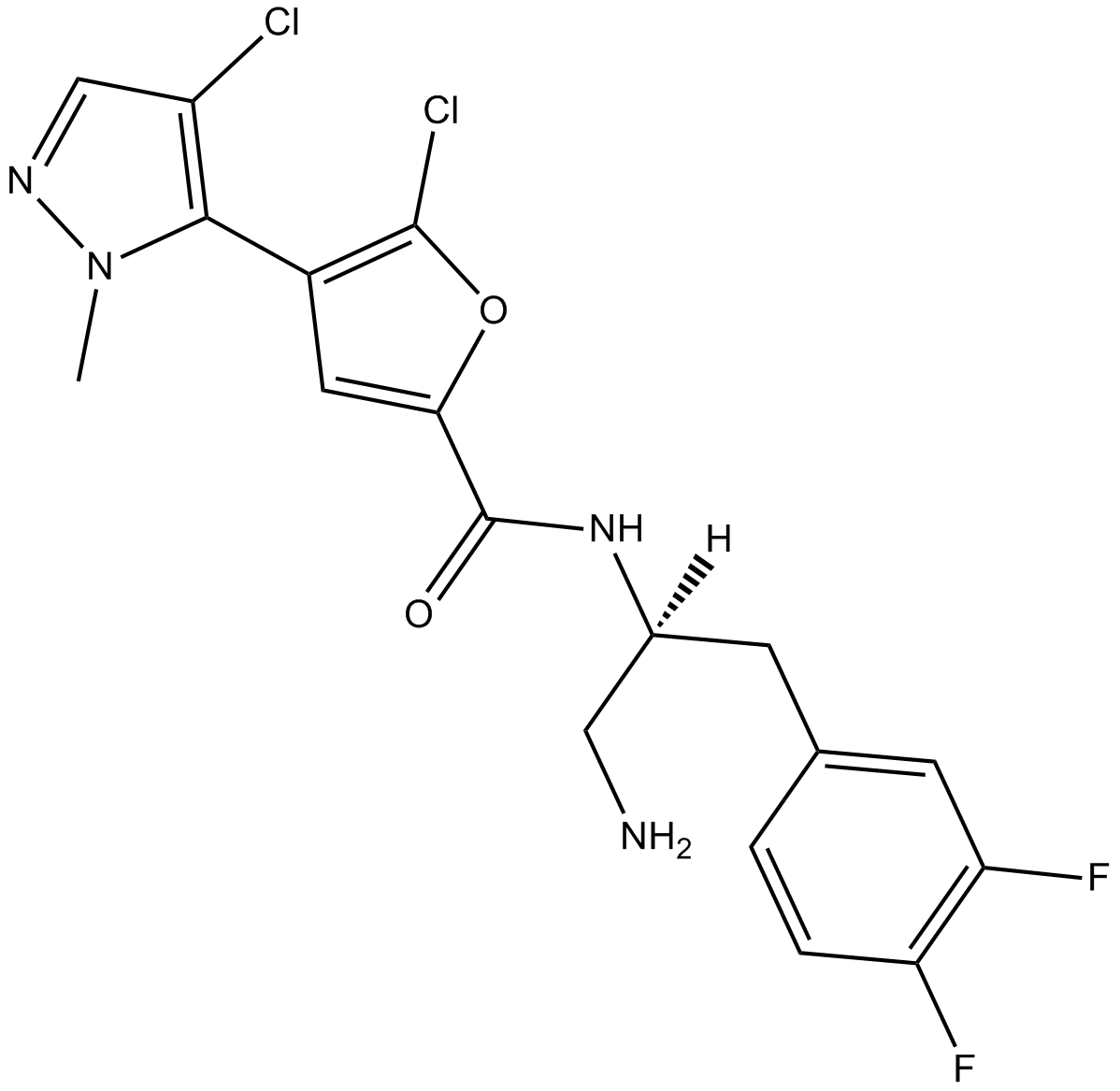
-
GC13696
GSK690693
GSK690693 is an ATP-competitive, low nanomolar inhibitor of Akt kinases with IC50 values of 2, 13, and 9 nM for Akt1, 2, and 3, respectively.
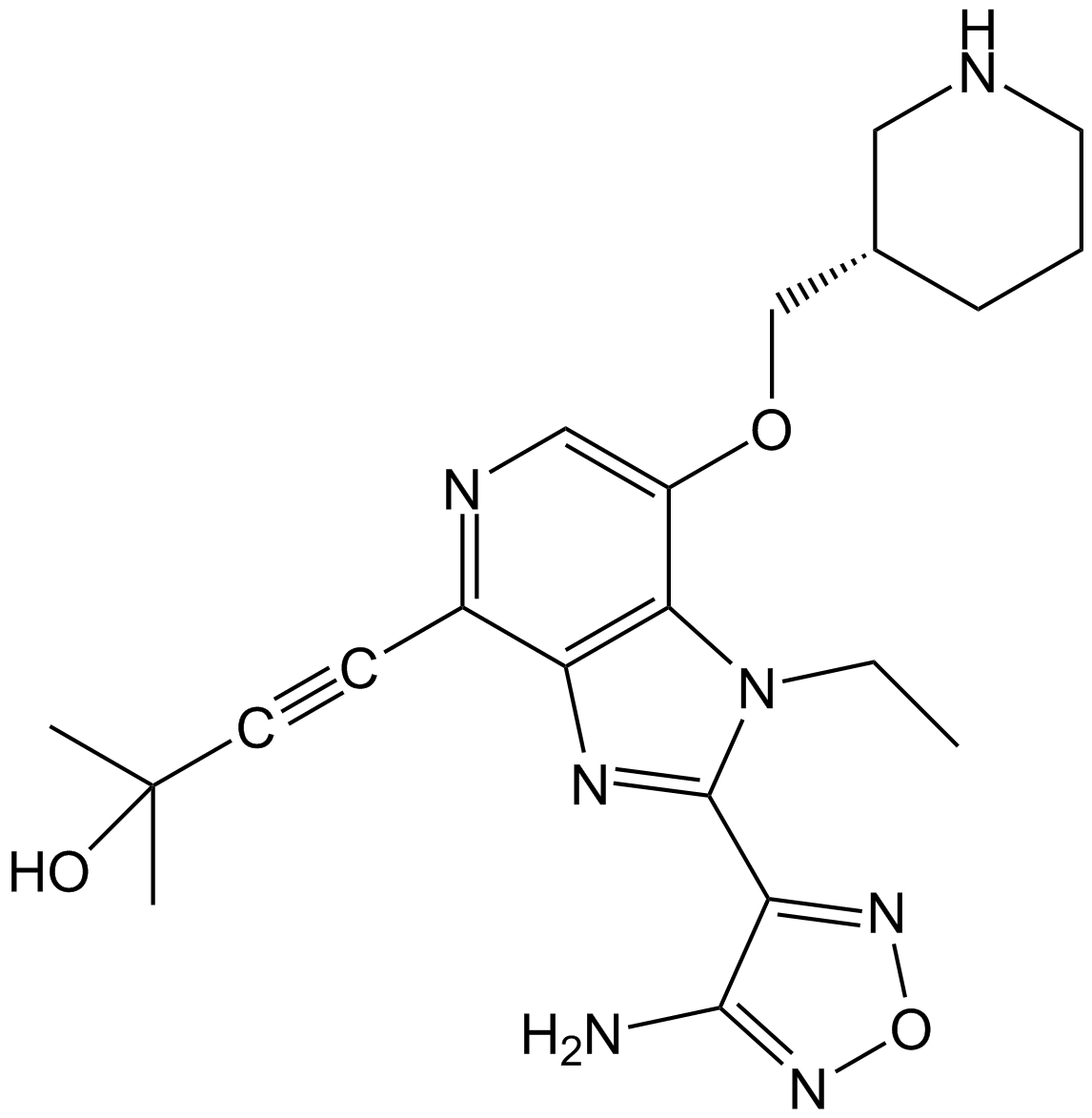
-
GC17658
Guggulsterone
Broad spectrum steroid receptor ligand
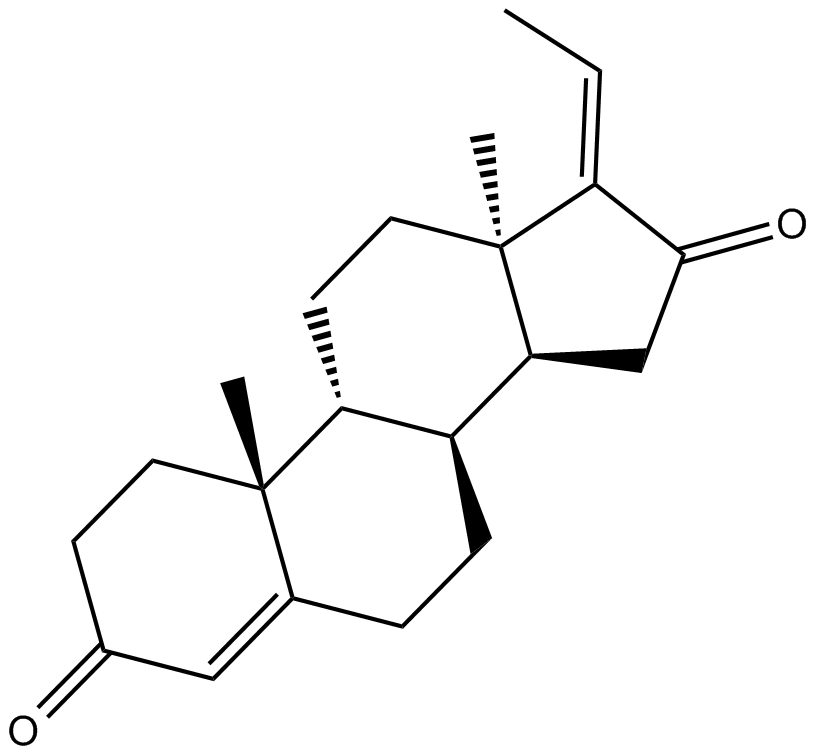
-
GC38088
Hederacolchiside A1
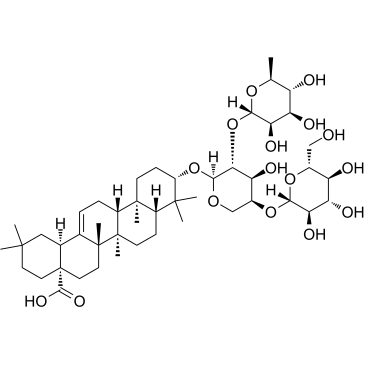
-
GC39266
Hematein
Hematein is a oxidation product of hematoxylin acted as a dye. Hematein is an allosteric casein kinase II inhibitor with an IC50 of 0.74 μM. Hematein inhibits Akt/PKB Ser129 phosphorylation, the Wnt/TCF pathway and increases apoptosis in lung cancer cells.
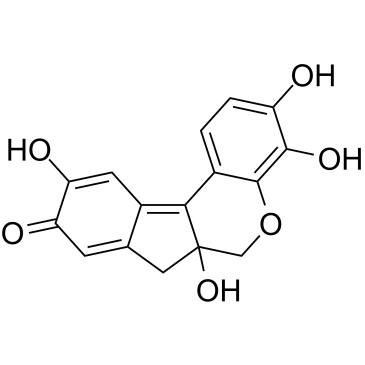
-
GN10664
Honokiol
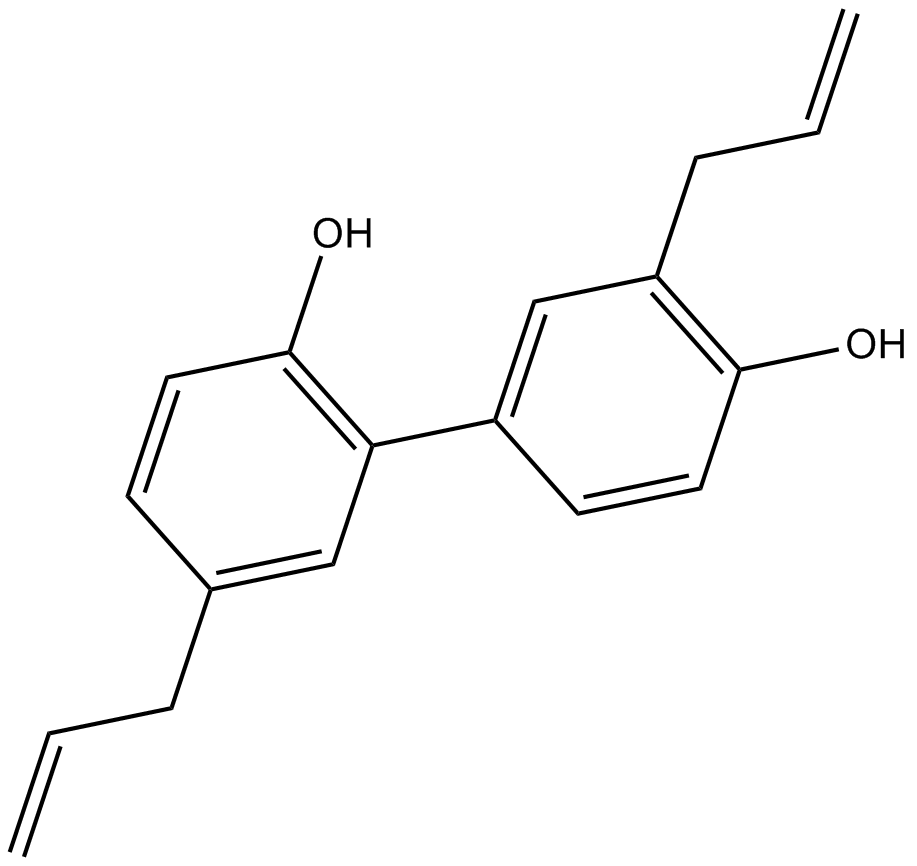
-
GC65559
INY-03-041
INY-03-041 is a potent, highly selective and PROTAC-based pan-AKT degrader consisting of the ATP-competitive AKT inhibitor GDC-0068 conjugated to Lenalidomide (Cereblon ligand). INY-03-041 inhibits AKT1, AKT2 and AKT3 with IC50s of 2.0 nM, 6.8 nM and 3.5 nM, respectively.
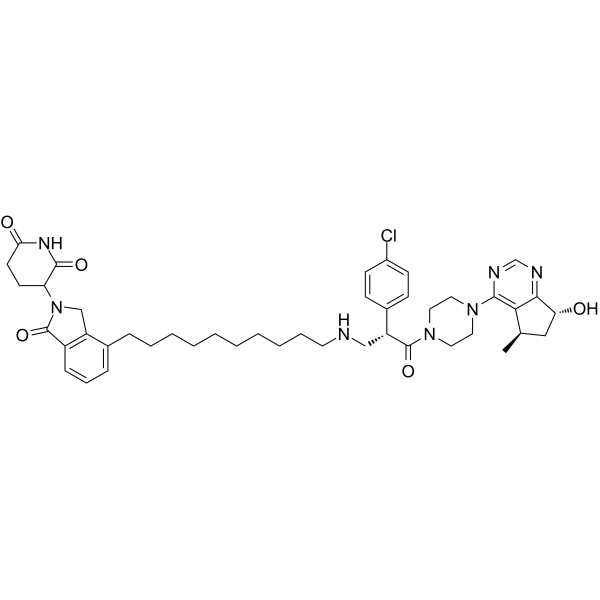
-
GC32794
Ipatasertib dihydrochloride (GDC-0068 (dihydrochloride))
Ipatasertib dihydrochloride (GDC-0068 (dihydrochloride)) (GDC-0068 dihydrochloride) is a highly selective and ATP-competitive pan-Akt inhibitor with IC50s of 5, 18 and 8 nM for Akt1, Akt2 and Akt3, respectively.
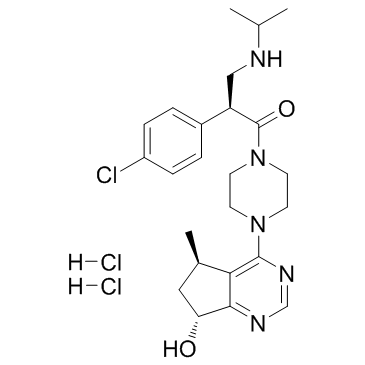
-
GC13795
Isobavachalcone
A chalcone and flavonoid with diverse biological activities
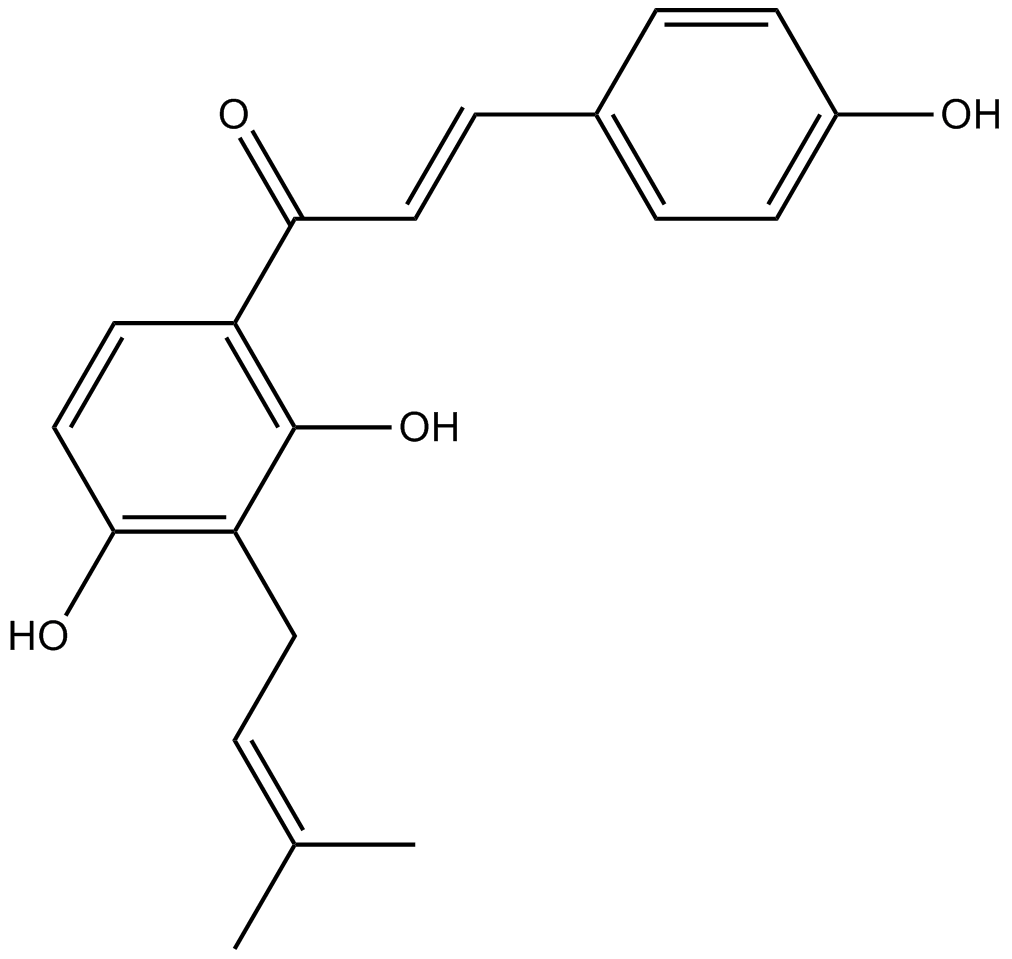
-
GC33357
K-80003 (TX-803)
K-80003 (TX-803) is a potent inhibitor of tRXRα-dependent Akt activation and cancer cell growth.
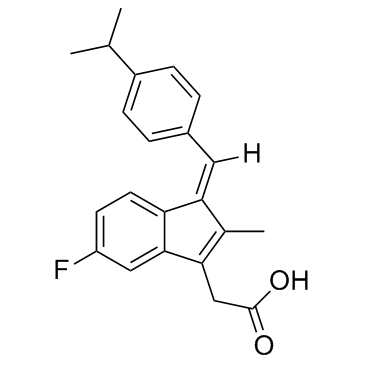
-
GC15553
KP372-1
specific Akt inhibitor
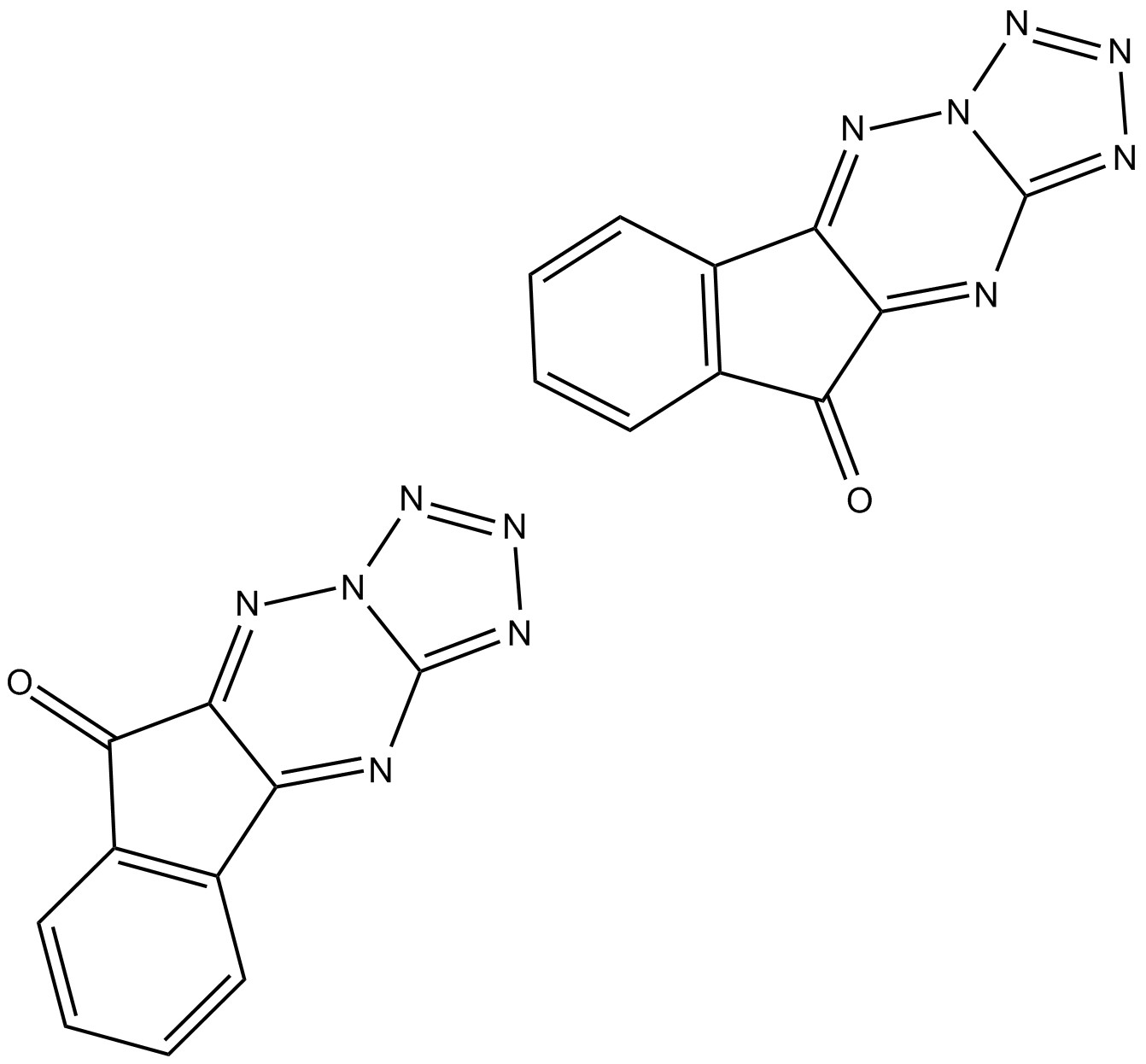
-
GC36447
Licochalcone E
Licochalcone E, a flavonoid compound isolated from Glycyrrhiza inflate, inhibits NF-κB and AP-1 transcriptional activity through the inhibition of AKT and MAPK activation.
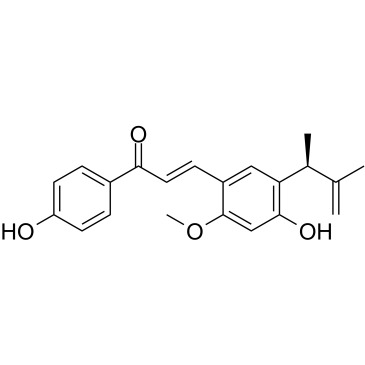
-
GC36456
Licoricidin
Licoricidin (LCD) is isolated from Glycyrrhiza uralensis Fisch, possesses anti-cancer activities.
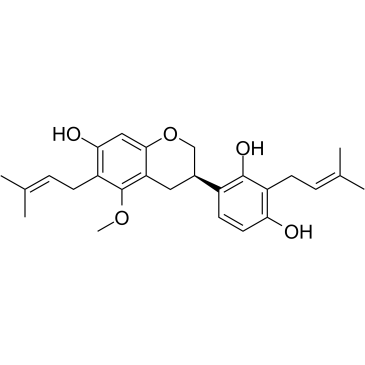
-
GC30770
LM22B-10
An activator of TrkB and TrkC
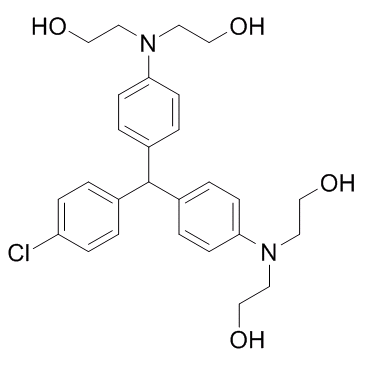
-
GC32510
Loureirin A
Loureirin A is a flavonoid extracted from Dragon's Blood, can inhibit Akt phosphorylation, and has antiplatelet activity.
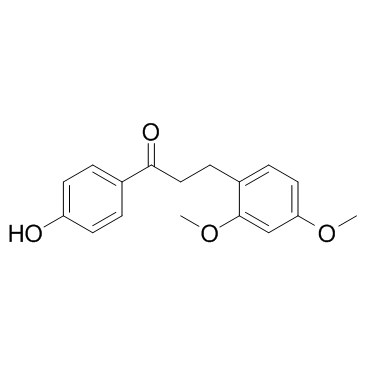
-
GC10811
Miltefosine
PI3K/Akt inhibitor
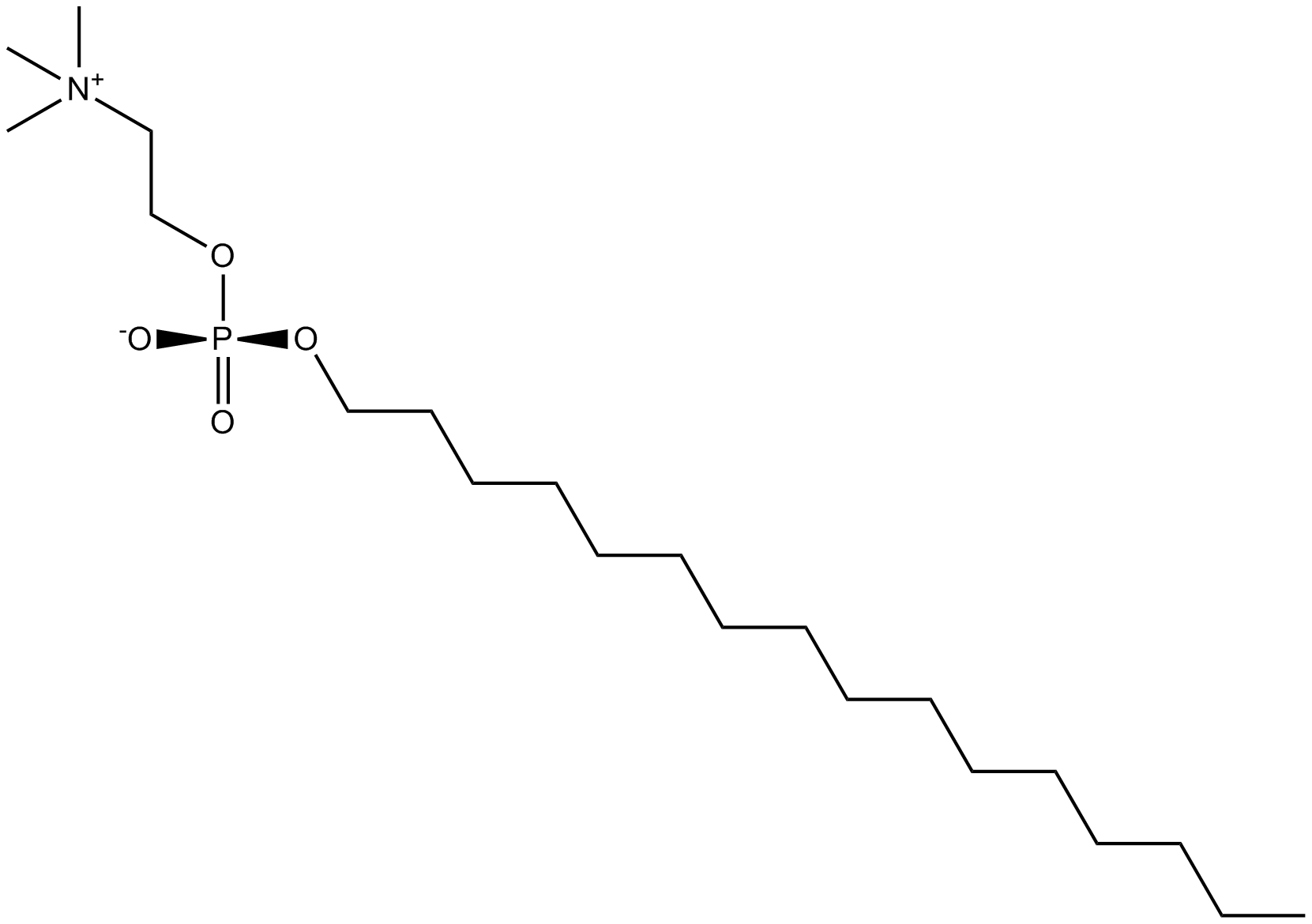
-
GC25638
Miransertib (ARQ 092) HCl
Miransertib (ARQ 092) HCl is a novel, orally bioavailable and selective AKT pathway inhibitor exhibiting a manageable safety profile among patients with advanced solid tumors.
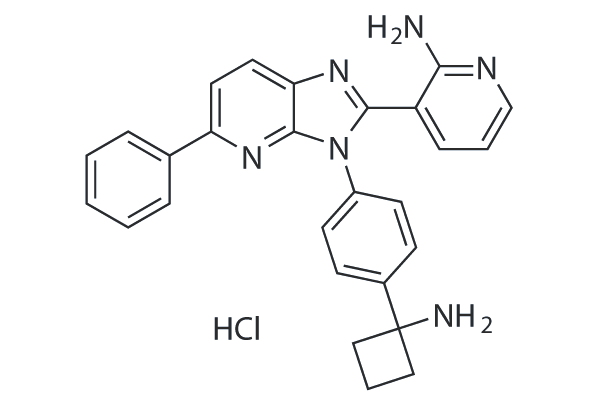
-
GC16304
MK-2206 dihydrochloride
An allosteric Akt inhibitor
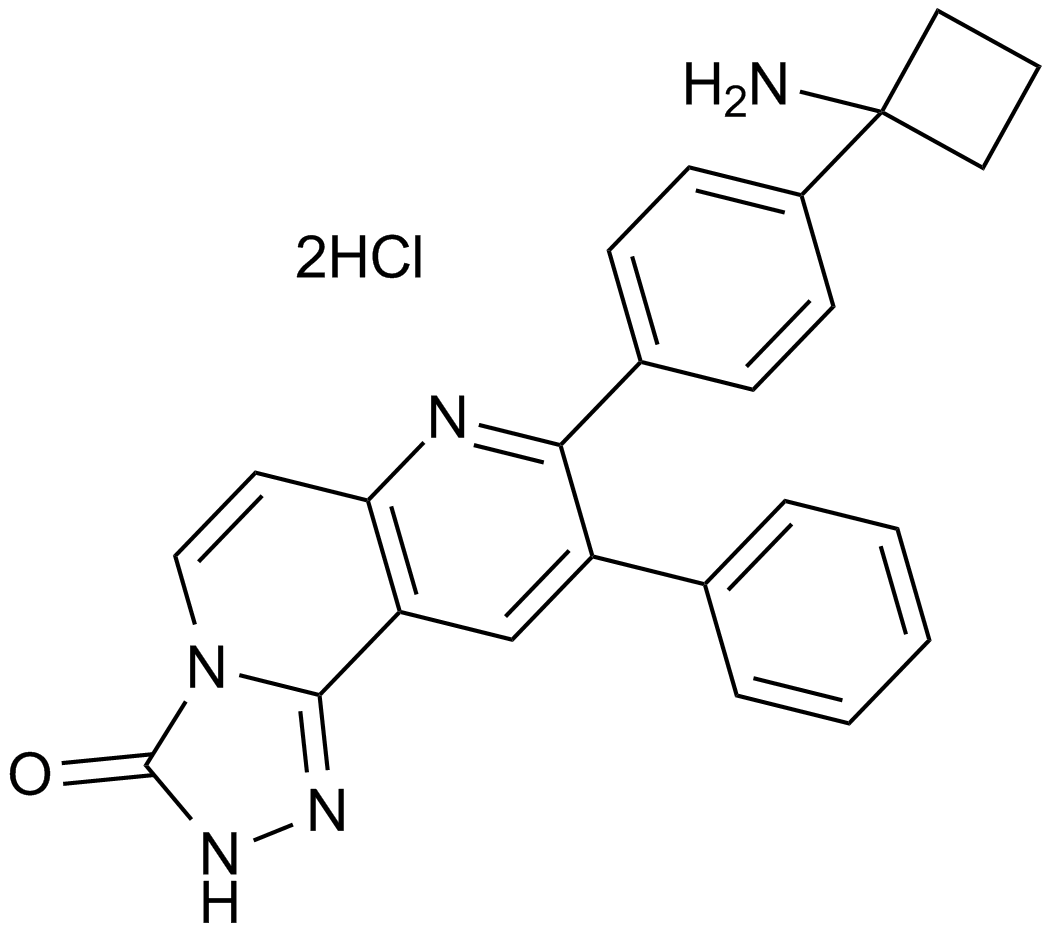
-
GC65143
MKC-1
MKC-1 (Ro-31-7453) is an orally active and potent cell cycle inhibitor with broad antitumor activity. MKC-1 inhibits the Akt/mTOR pathway. MKC-1 arrests cellular mitosis and induces cell apoptosis by binding to a number of different cellular proteins including tubulin and members of the importin β family.
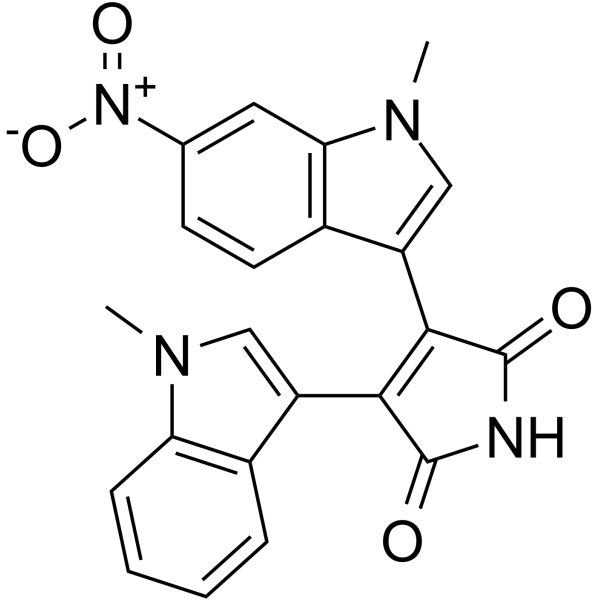
-
GC49440
ML-9
A PKB/Akt inhibitor
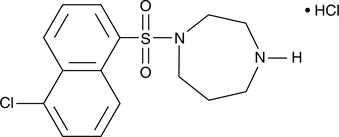
-
GC65466
MS170
MS170 is a potent and selective PROTAC AKT degrader. MS170 depletes cellular total AKT (T-AKT) with the DC50 value of 32 nM. MS170 binds to AKT1, AKT2, and AKT3 with Kds of 1.3 nM, 77 nM, and 6.5 nM, respectively.
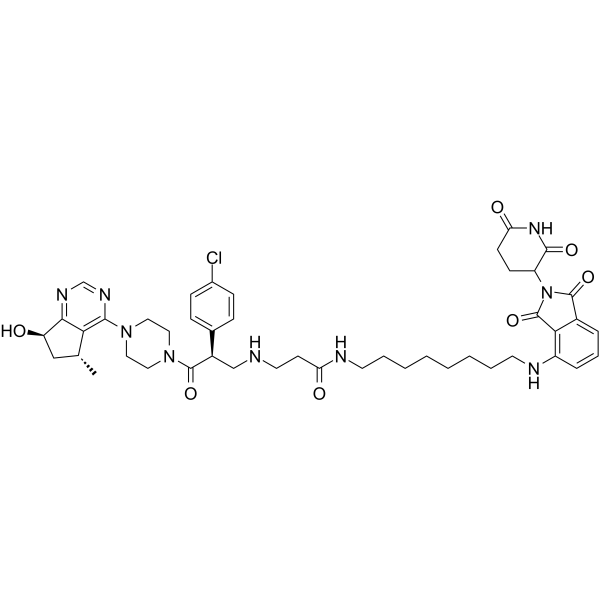
-
GC65442
Musk ketone
Musk ketone (MK) is a widely used artificial fragrance.
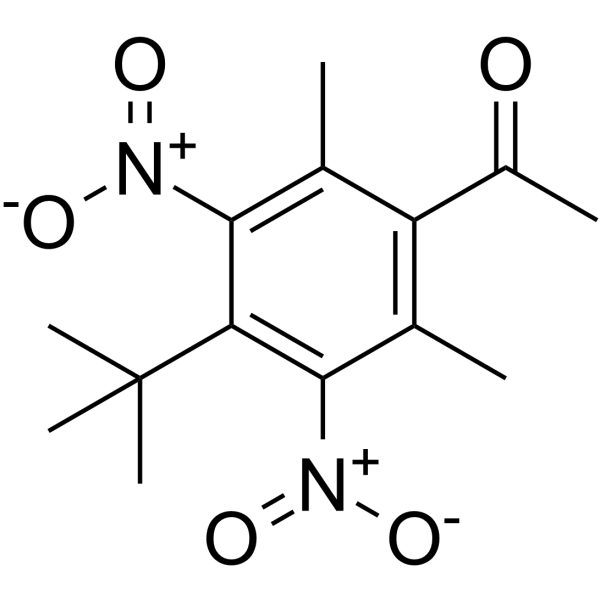
-
GC60262
N-Feruloyloctopamine
N-Feruloyloctopamine is an antioxidant constituent. N-Feruloyloctopamine significantly decreases thephosphorylationlevels of Akt and p38MAPK.
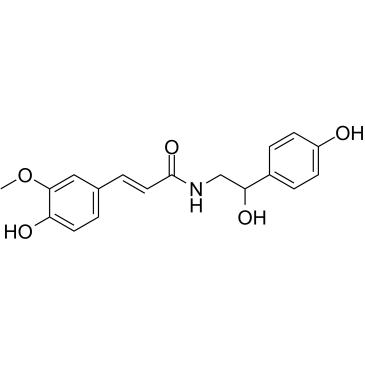
-
GC31536
N-Oleoyl glycine
A putative substrate for peptidyl glycine αamidating enzyme
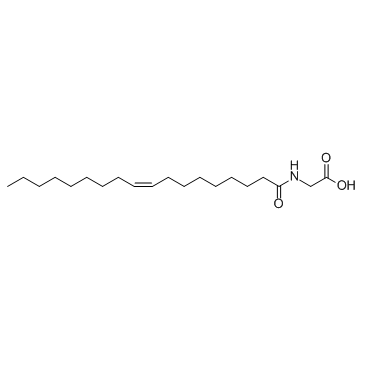
-
GN10692
Oridonin
A diterpenoid with anti-inflammatory and anticancer properties
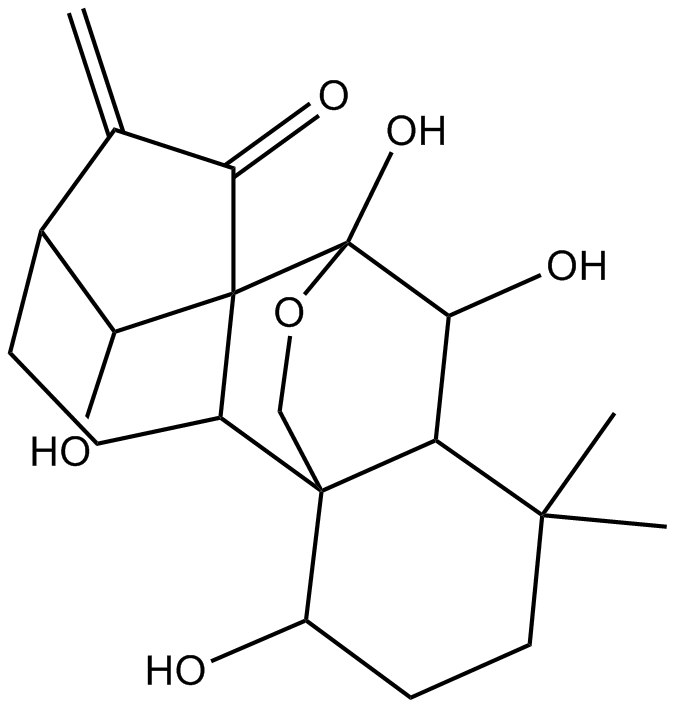
-
GN10752
Pachymic acid
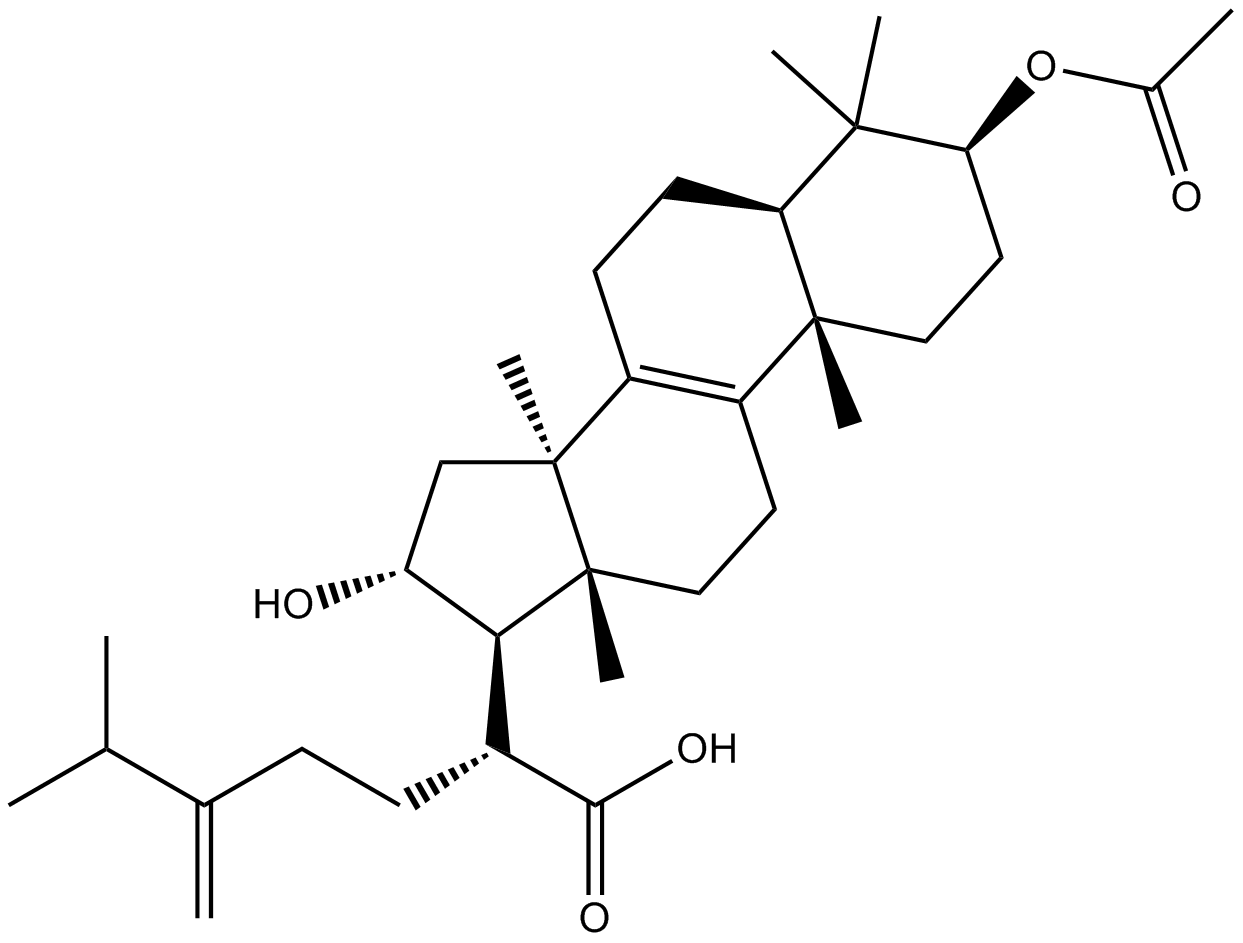
-
GC12773
Palomid 529
PI3K/Akt/mTOR inhibitor
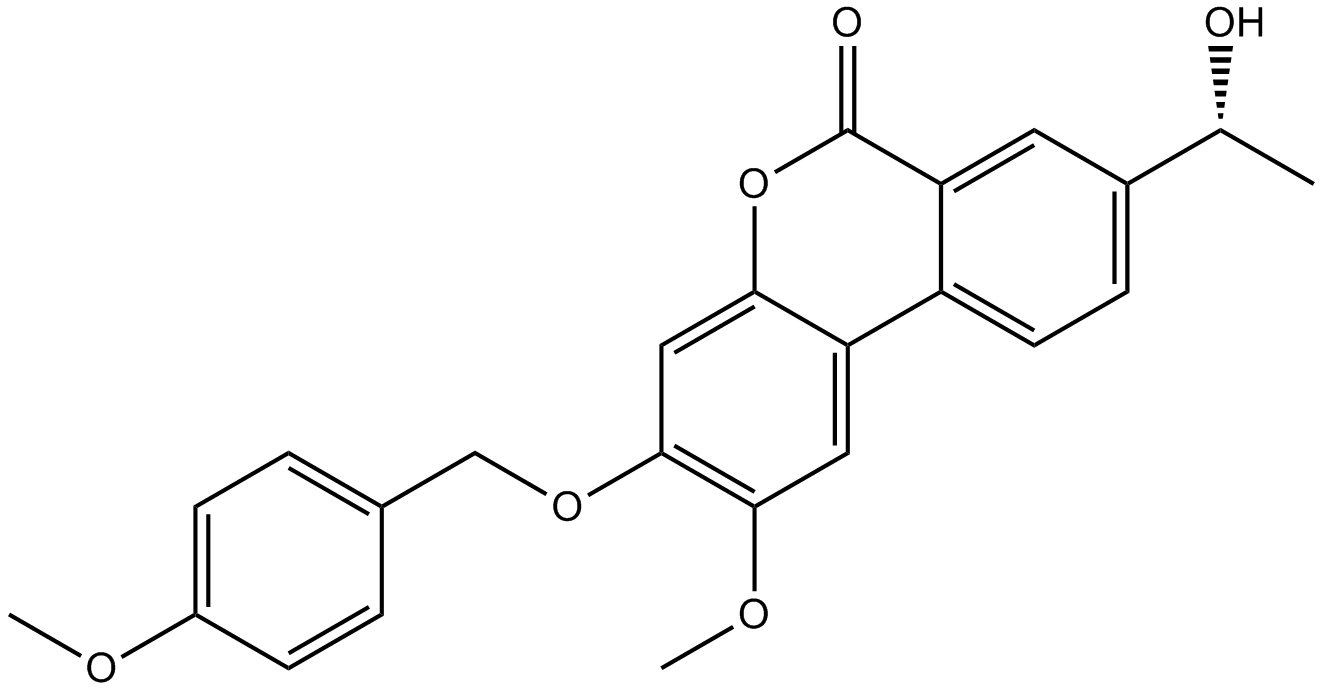
-
GC36855
Paris saponin VII
Paris saponin VII (Chonglou Saponin VII) is a steroidal saponin isolated from the roots and rhizomes of Trillium tschonoskii Maxim. Paris saponin VII-induced apoptosis in K562/ADR cells is associated with Akt/MAPK and the inhibition of P-gp. Paris saponin VII attenuates mitochondrial membrane potential, increases the expression of apoptosis-related proteins, such as Bax and cytochrome c, and decreases the protein expression levels of Bcl-2, caspase-9, caspase-3, PARP-1, and p-Akt. Paris saponin VII induces a robust autophagy in K562/ADR cells and provides a biochemical basis in the treatment of leukemia.
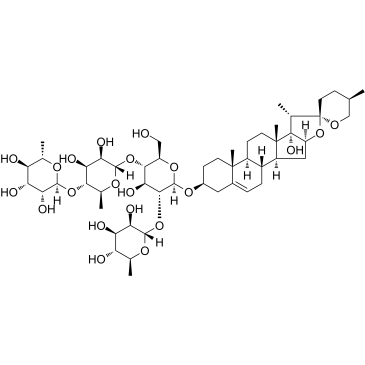
-
GC15680
Perifosine
Akt inhibitor
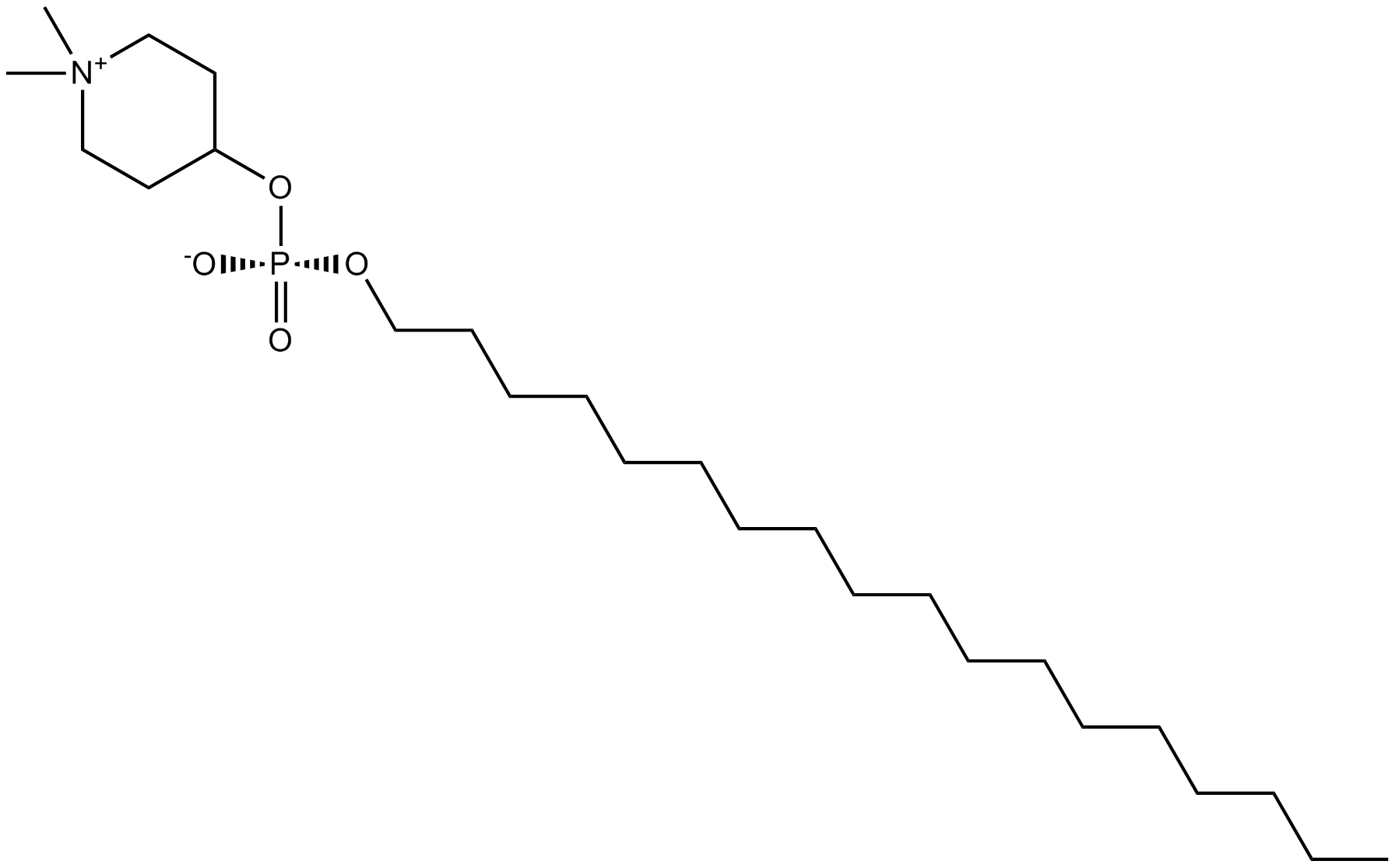
-
GC32892
PF-AKT400 (AKT protein kinase inhibitor)
PF-AKT400 (AKT protein kinase inhibitor) is a broadly selective, potent, ATP-competitive Akt inhibitor, displays 900-fold greater selectivity for PKBα (IC50=0.5 nM) than PKA (IC50=450 nM).
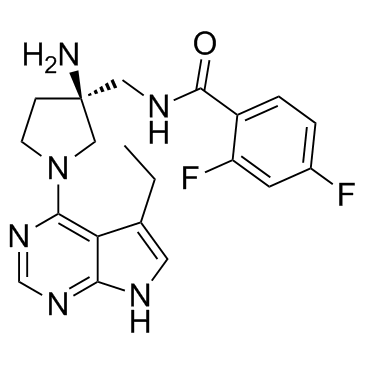
-
GC38170
Phellodendrine
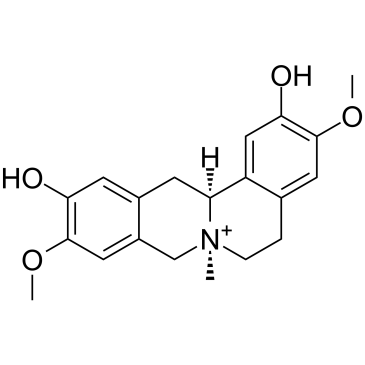
-
GC12094
PHT-427
Akt and PDPK1 inhibitor
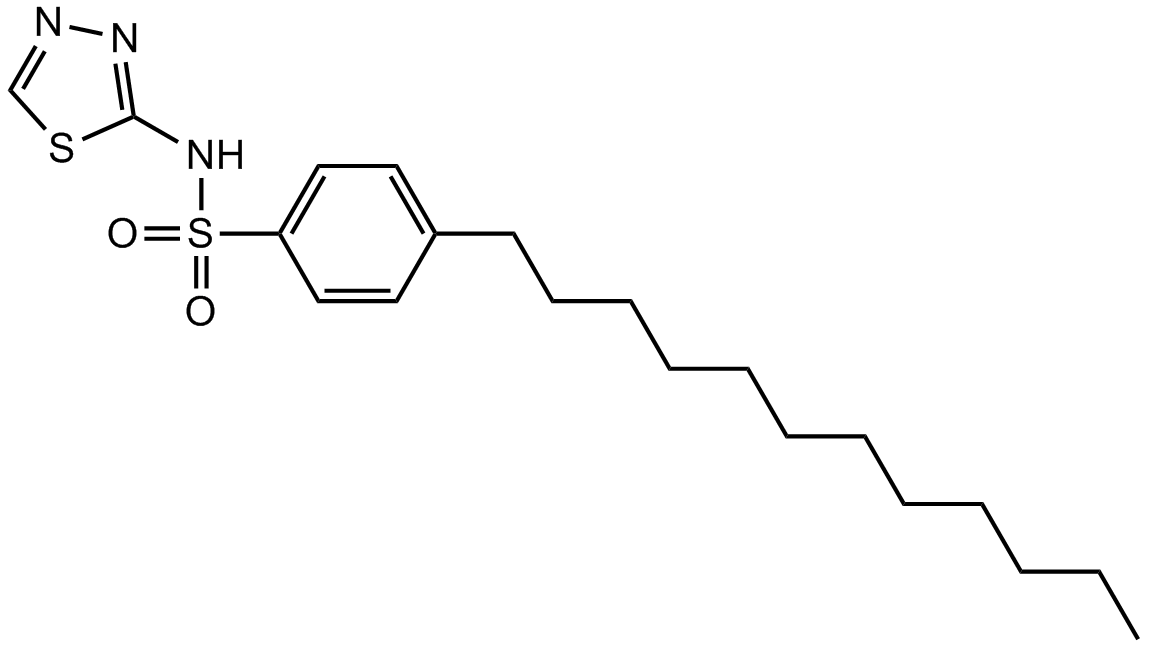
-
GC69991
Pifusertib hydrochloride
Pifusertib (TAS-117) hydrochloride is an effective, selective, and orally active isoform Akt inhibitor (with IC50 values of 4.8, 1.6, and 44 nM for Akt1, 2, and 3 respectively). Pifusertib hydrochloride stimulates anti-myeloma activity and enhances lethal endoplasmic reticulum stress induced by proteasome inhibition. Pifusertib hydrochloride induces apoptosis and autophagy in cells.
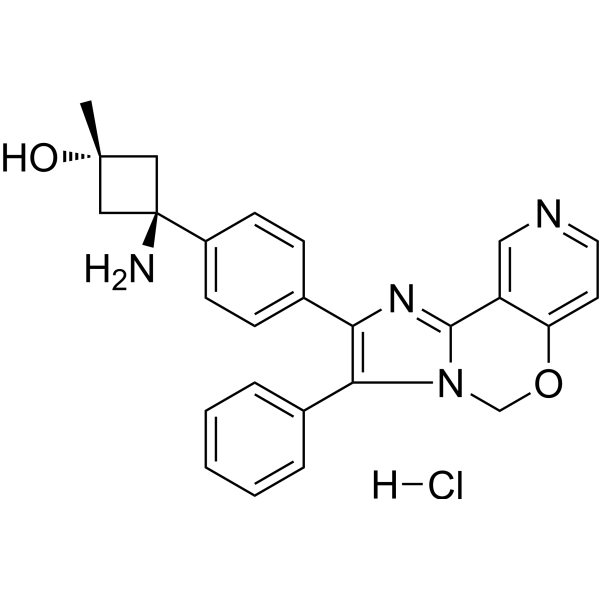
-
GC11690
PIT 1
Akt signaling inhibitor
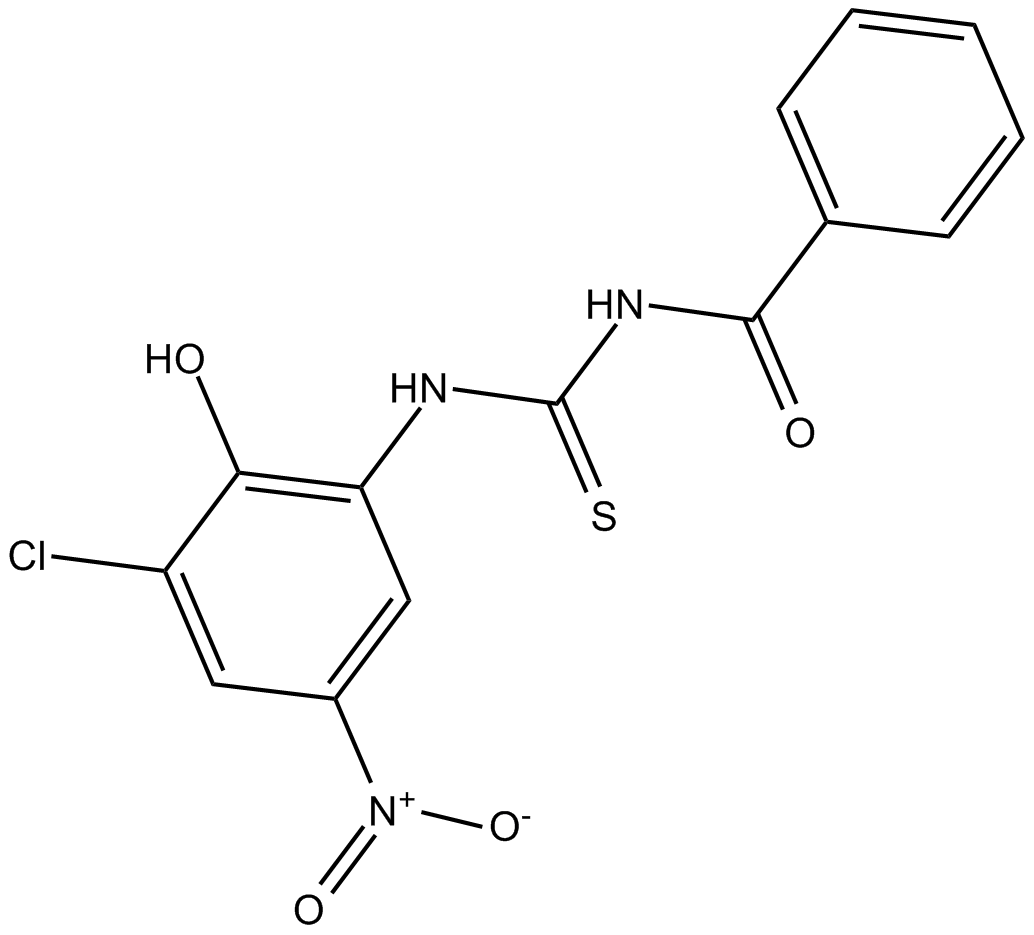
-
GN10312
Polygalasaponin F
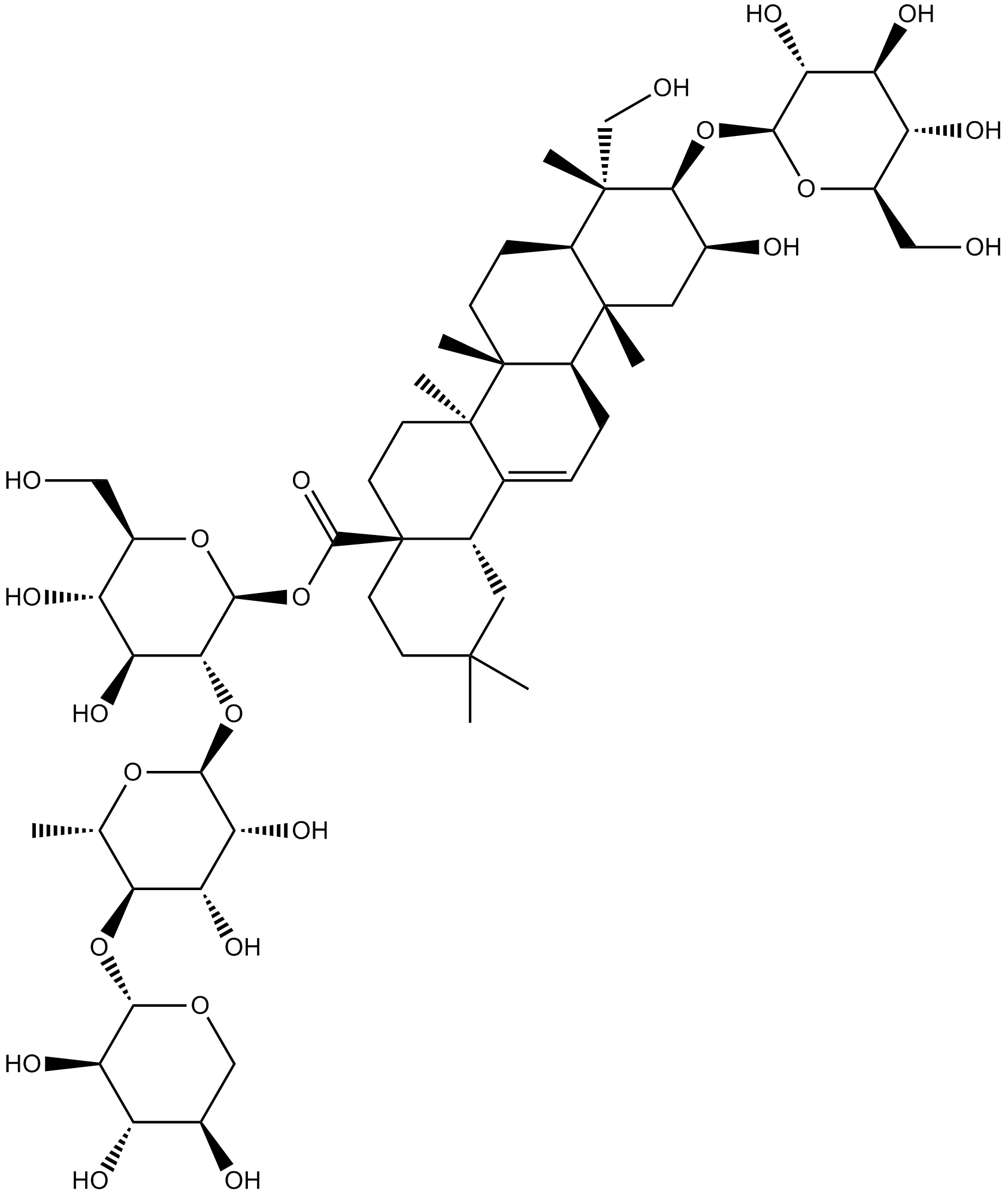
-
GN10709
Polyphyllin A
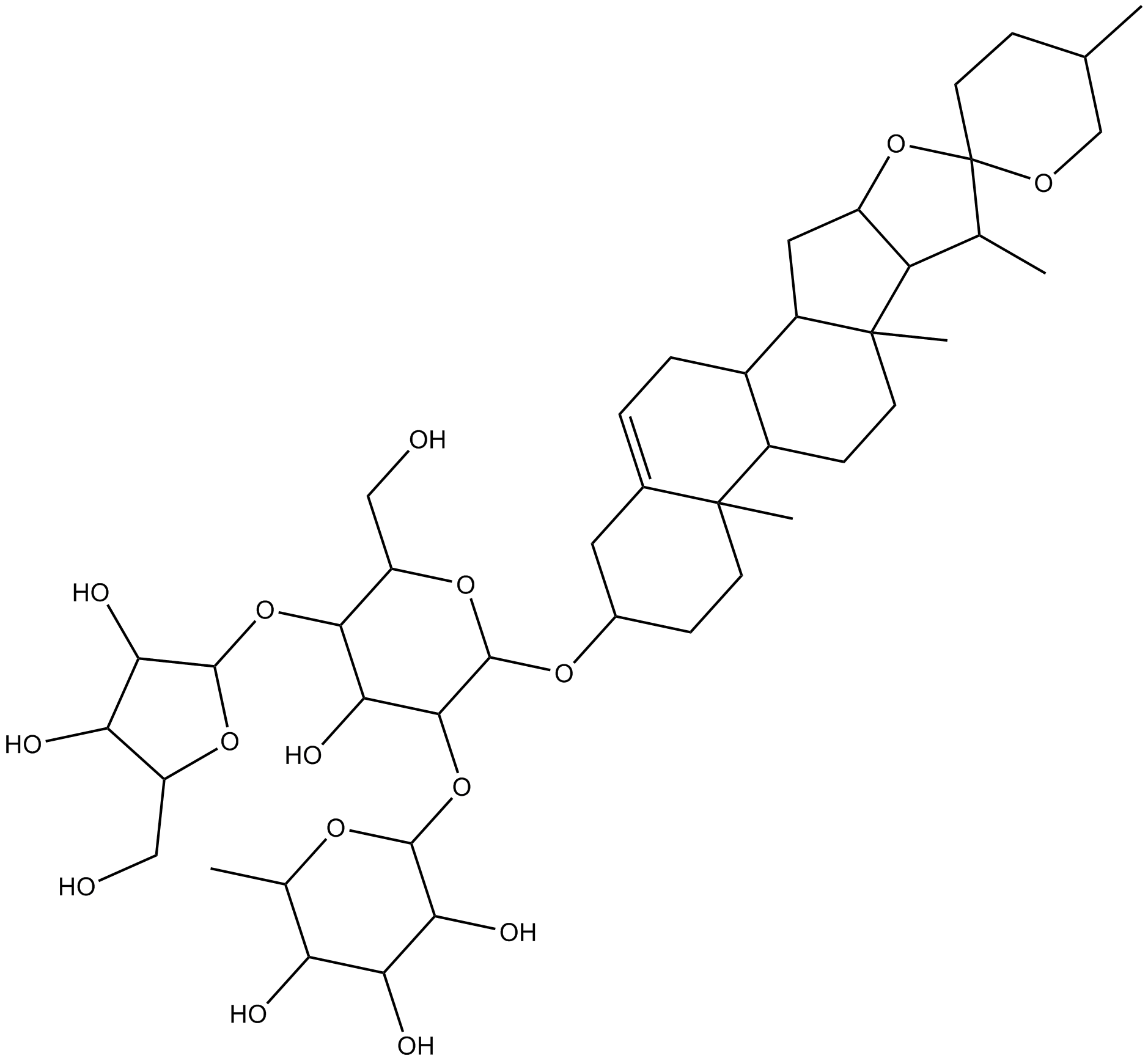
-
GC33130
Recilisib (Ex-RAD)
Recilisib (Ex-RAD) (ON 01210) is a radioprotectant, which can activate AKT, PI3K activities in cells.
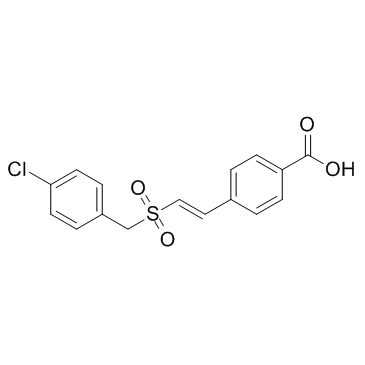
-
GC38609
Rotundic acid
Rotundic acid, a triterpenoid obtained from I.
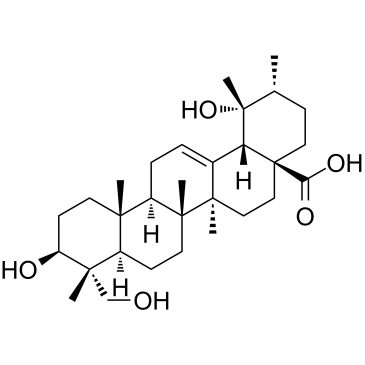
-
GC11985
SC 66
Akt inhibitor
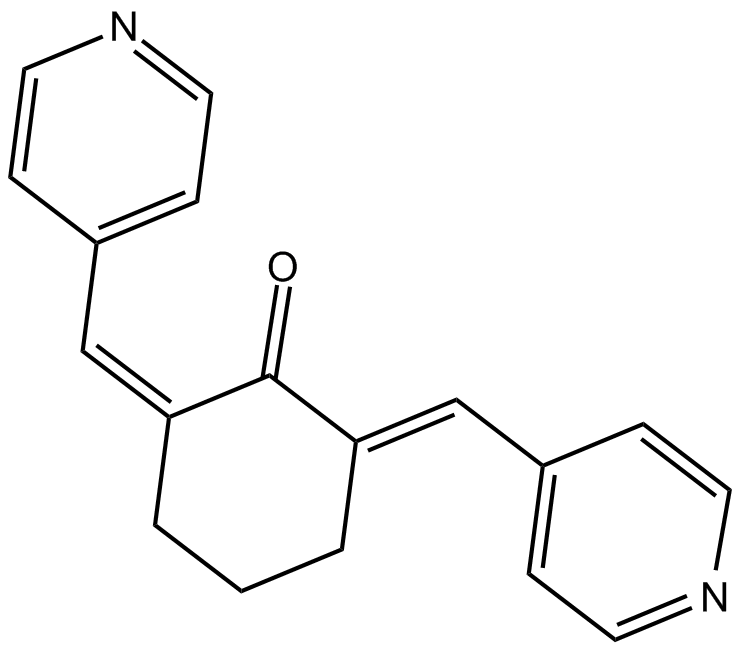
-
GC11645
SC 79
SC 79 is an activator of osmotic Akt phosphorylation in the brain and an inhibitor of AKT-PH domain translocation.

-
GN10624
Scutellarin

-
GC34053
SOLENOPSIN
Solenopsin is an ATP-competitive AKT inhibitor with IC50 value of 10 μM .

-
GN10681
Sophocarpine

-
GC64223
Sophocarpine monohydrate
Sophocarpine (monohydrate) is one of the significant alkaloid extracted from the traditional herb medicine Sophora flavescens which has many pharmacological properties such as anti-virus, anti-tumor, anti-inflammatory.

-
GC17500
SU6656
Src tyrosine kinases inhibitor

-
GC63210
TAS-117
TAS-117 is a potent, selective, orally active allosteric Akt inhibitor (with IC50s of 4.8, 1.6, and 44 nM for Akt1, 2, and 3, respectively). TAS-117 triggers anti-myeloma activities and enhances fatal endoplasmic reticulum (ER) stress induced by proteasome inhibition. TAS-117 induces apoptosis and autophagy.

-
GC62630
TAS-117 hydrochloride
TAS-117 hydrochloride is a potent, selective, orally active allosteric Akt inhibitor (with IC50s of 4.8, 1.6, and 44 nM for Akt1, 2, and 3, respectively). TAS-117 hydrochloride triggers anti-myeloma activities and enhances fatal endoplasmic reticulum (ER) stress induced by proteasome inhibition. TAS-117 hydrochloride induces apoptosis and autophagy.

-
GC62342
TASP0415914
TASP0415914 is a potent and orally active PI3Kγ inhibitor with an IC50 of 29 nM.

-
GC62191
TD52
TD52, an Erlotinib derivative, is an orally active, potent cancerous inhibitor of protein phosphatase 2A (CIP2A) inhibitor. TD52 mediates the apoptotic effect in triple-negative breast cancer (TNBC) cells via regulating the CIP2A/PP2A/p-Akt signalling pathway. TD52 indirectly reduced CIP2A by disturbing Elk1 binding to the CIP2A promoter. TD52 has less p-EGFR inhibition and has potent anti-cancer activity.

-
GC64936
TD52 dihydrochloride
TD52 dihydrochloride, an Erlotinib derivative, is an orally active, potent cancerous inhibitor of protein phosphatase 2A (CIP2A) inhibitor. TD52 dihydrochloride mediates the apoptotic effect in triple-negative breast cancer (TNBC) cells via regulating the CIP2A/PP2A/p-Akt signalling pathway. TD52 dihydrochloride indirectly reduced CIP2A by disturbing Elk1 binding to the CIP2A promoter. TD52 dihydrochloride has less p-EGFR inhibition and has potent anti-cancer activity.

-
GC41573
Theaflavin 3,3'-digallate
Theaflavin-3,3'-digallate (TFDG) is a major polyphenol found in black tea with diverse biological activities.



